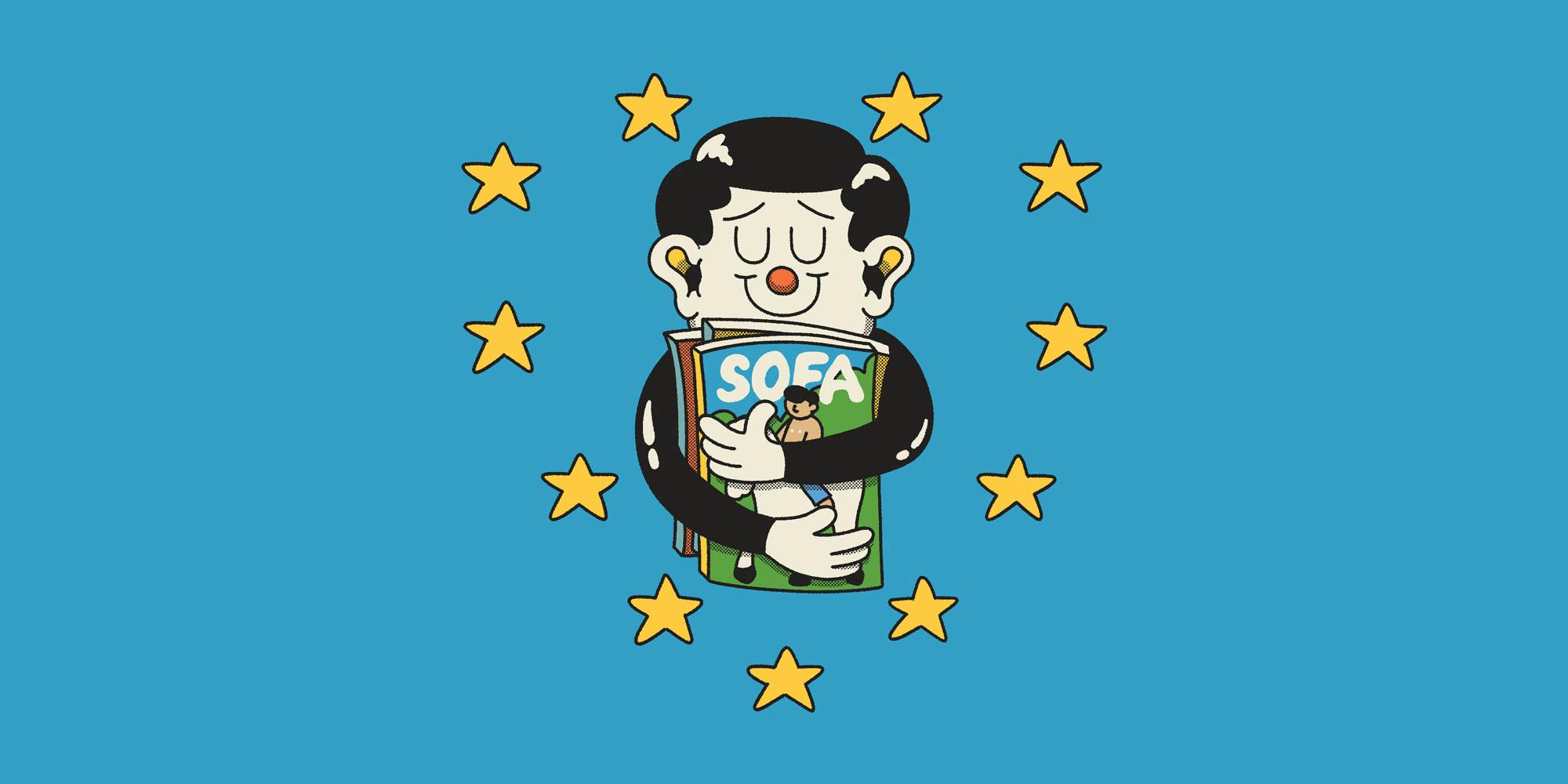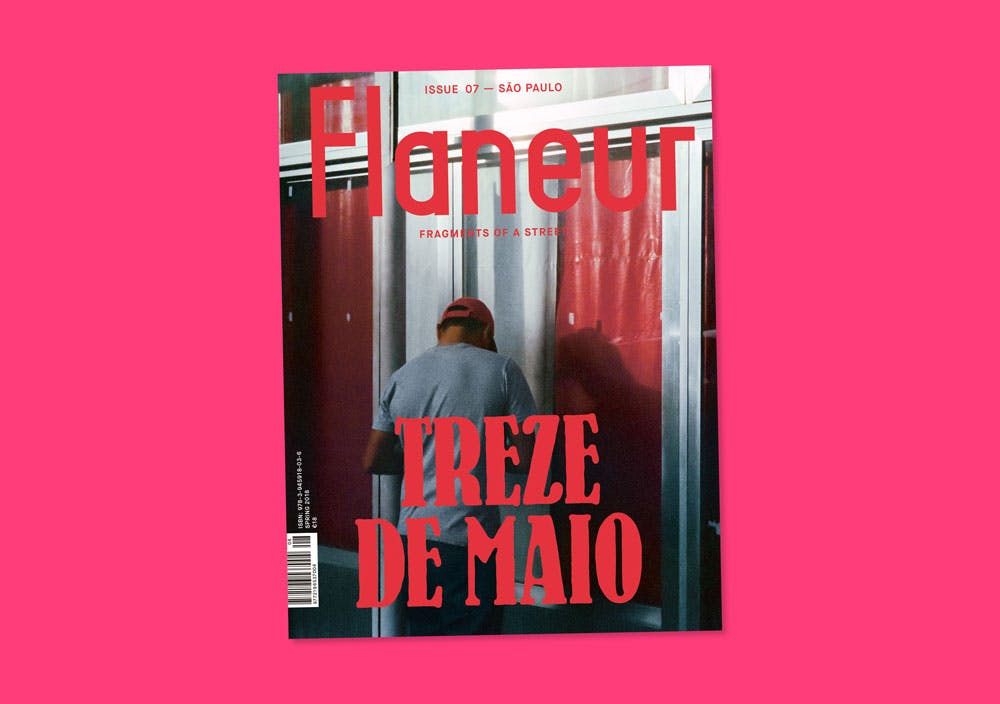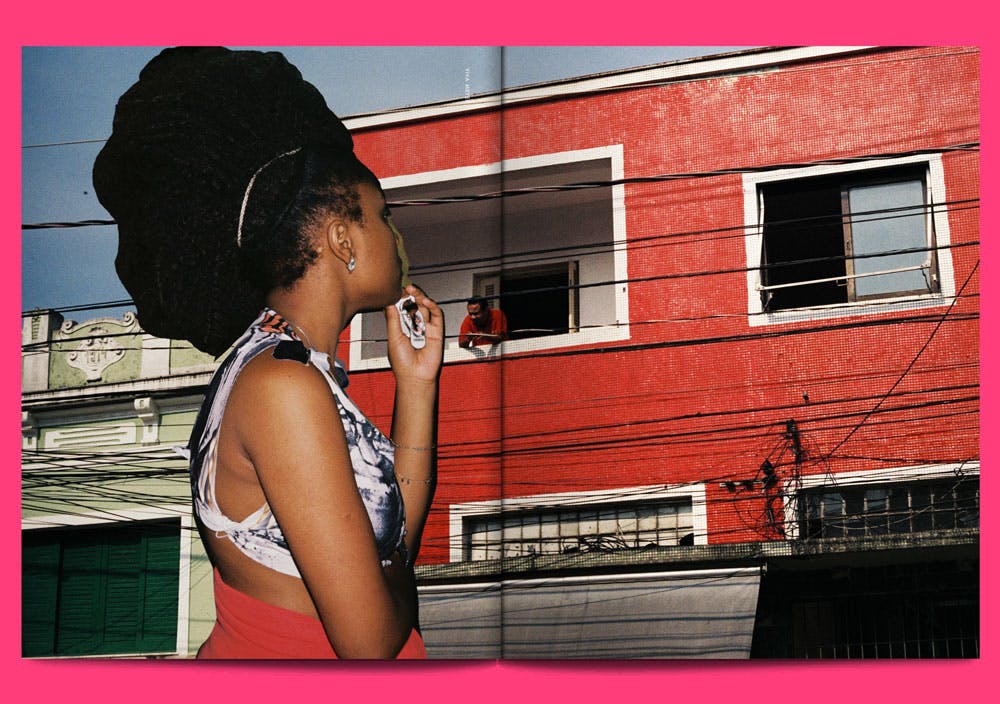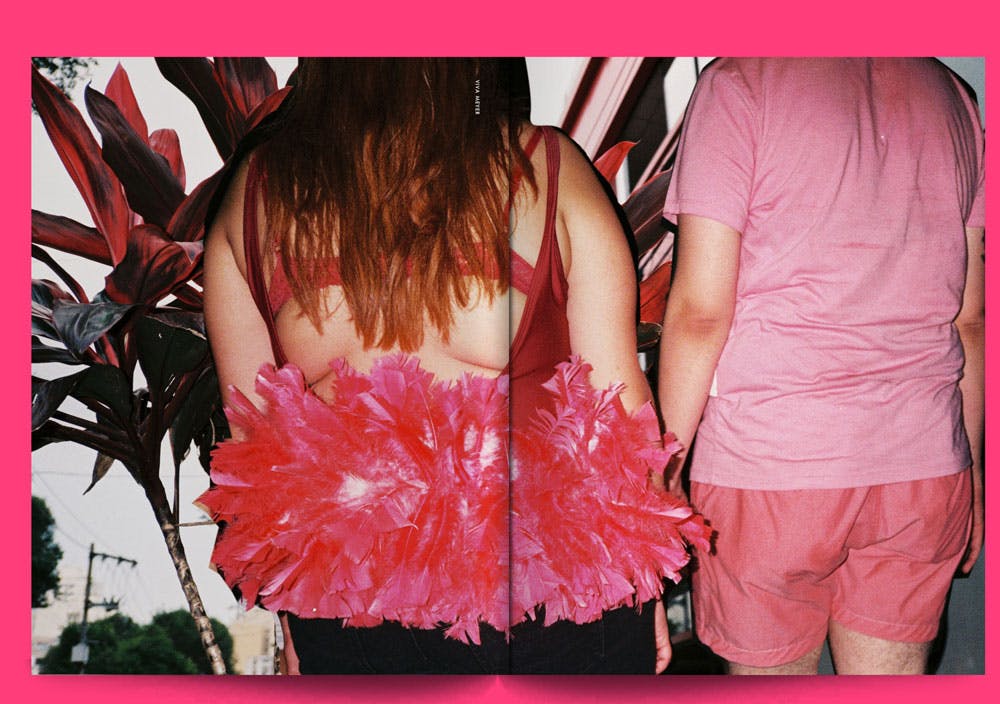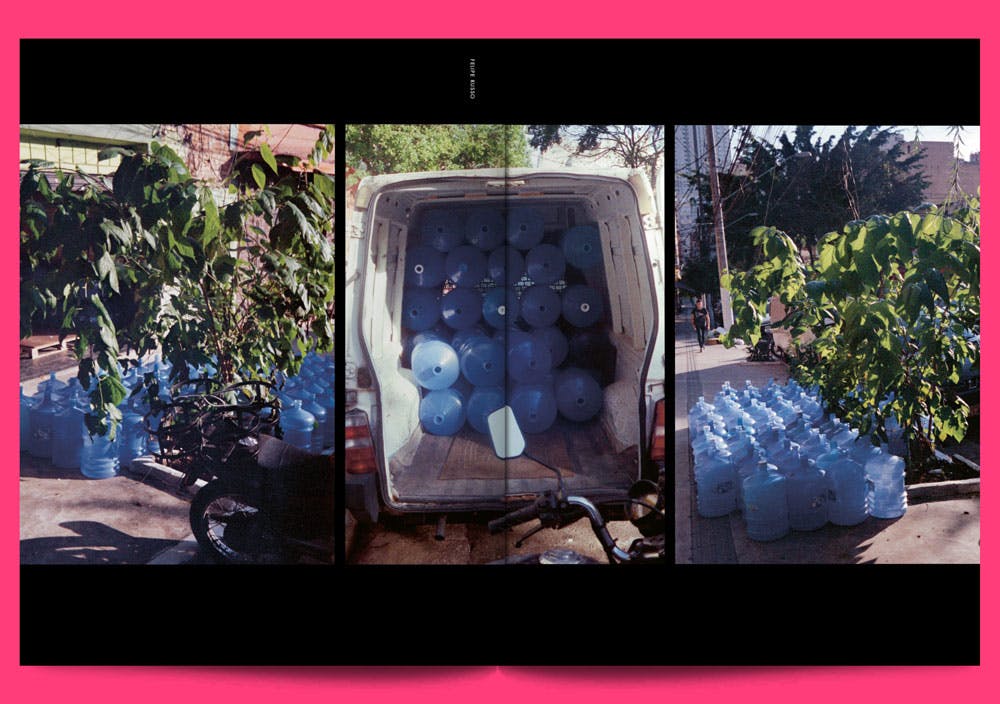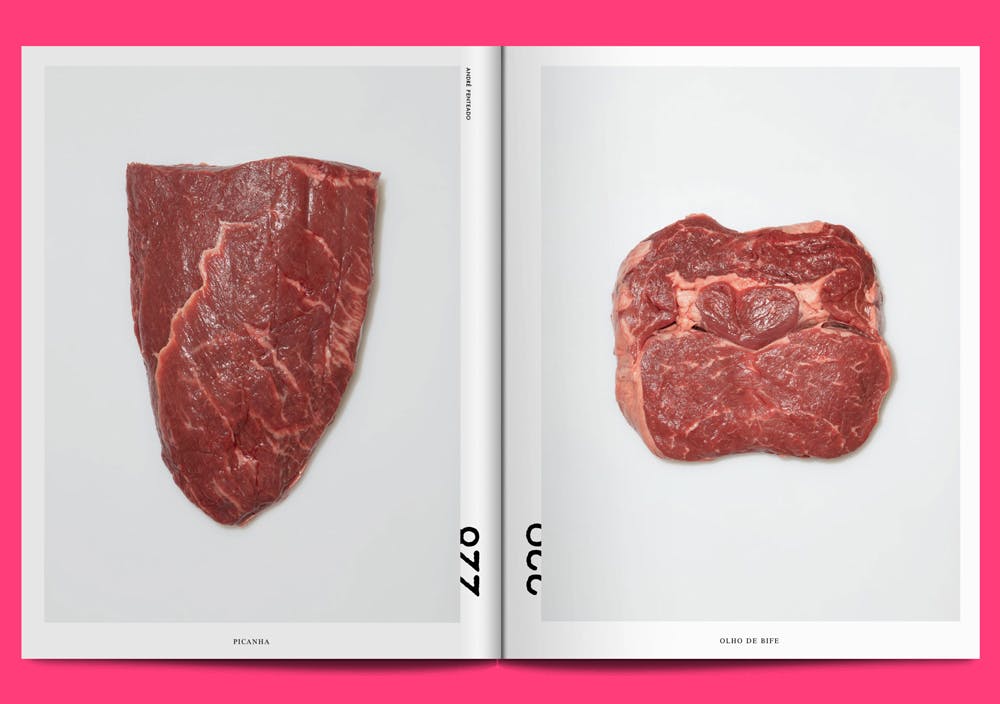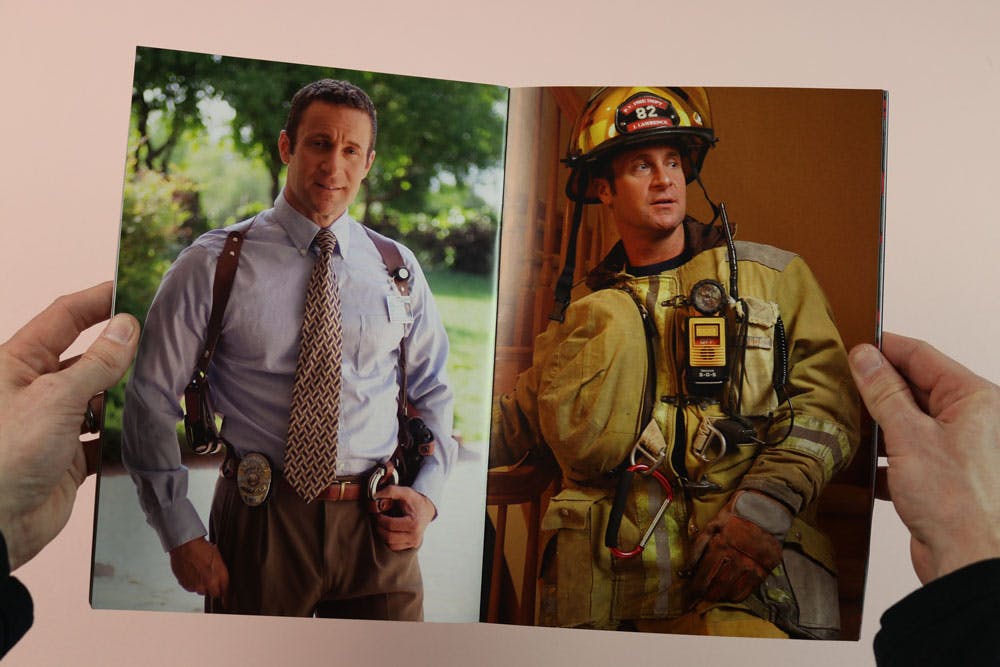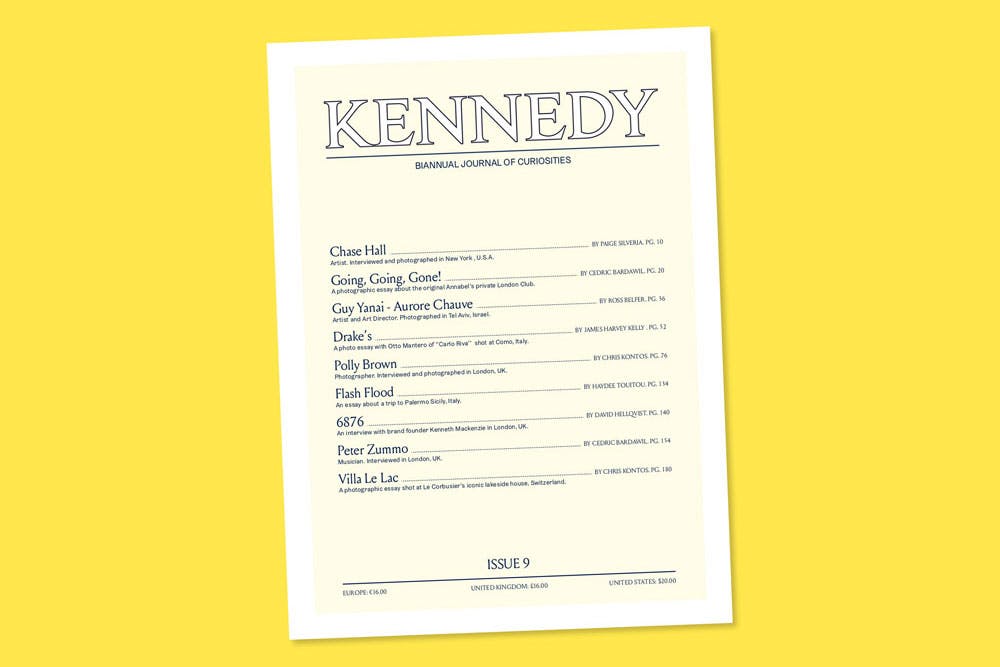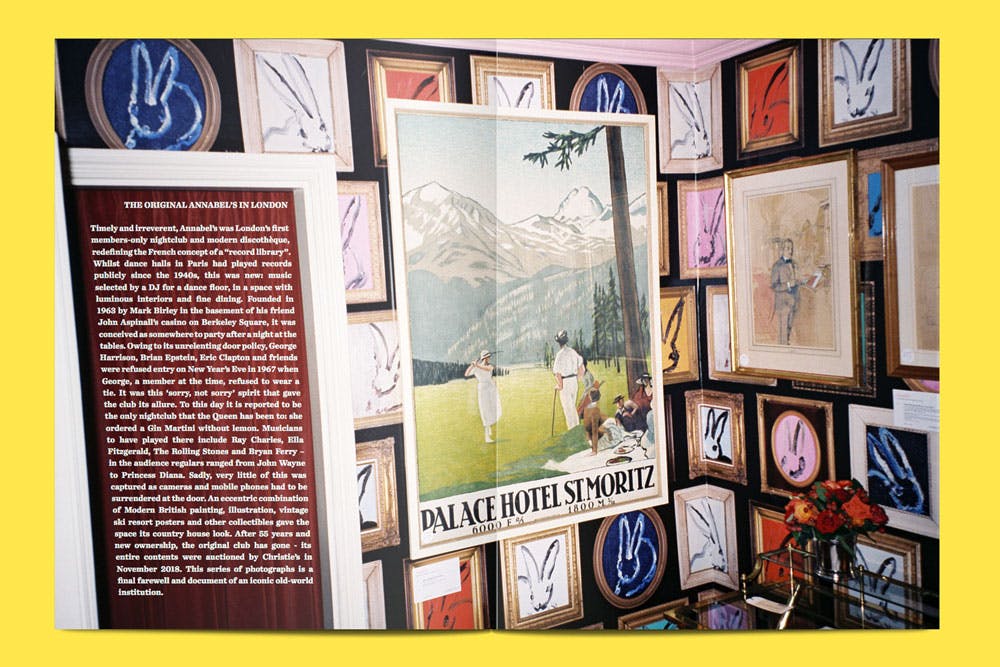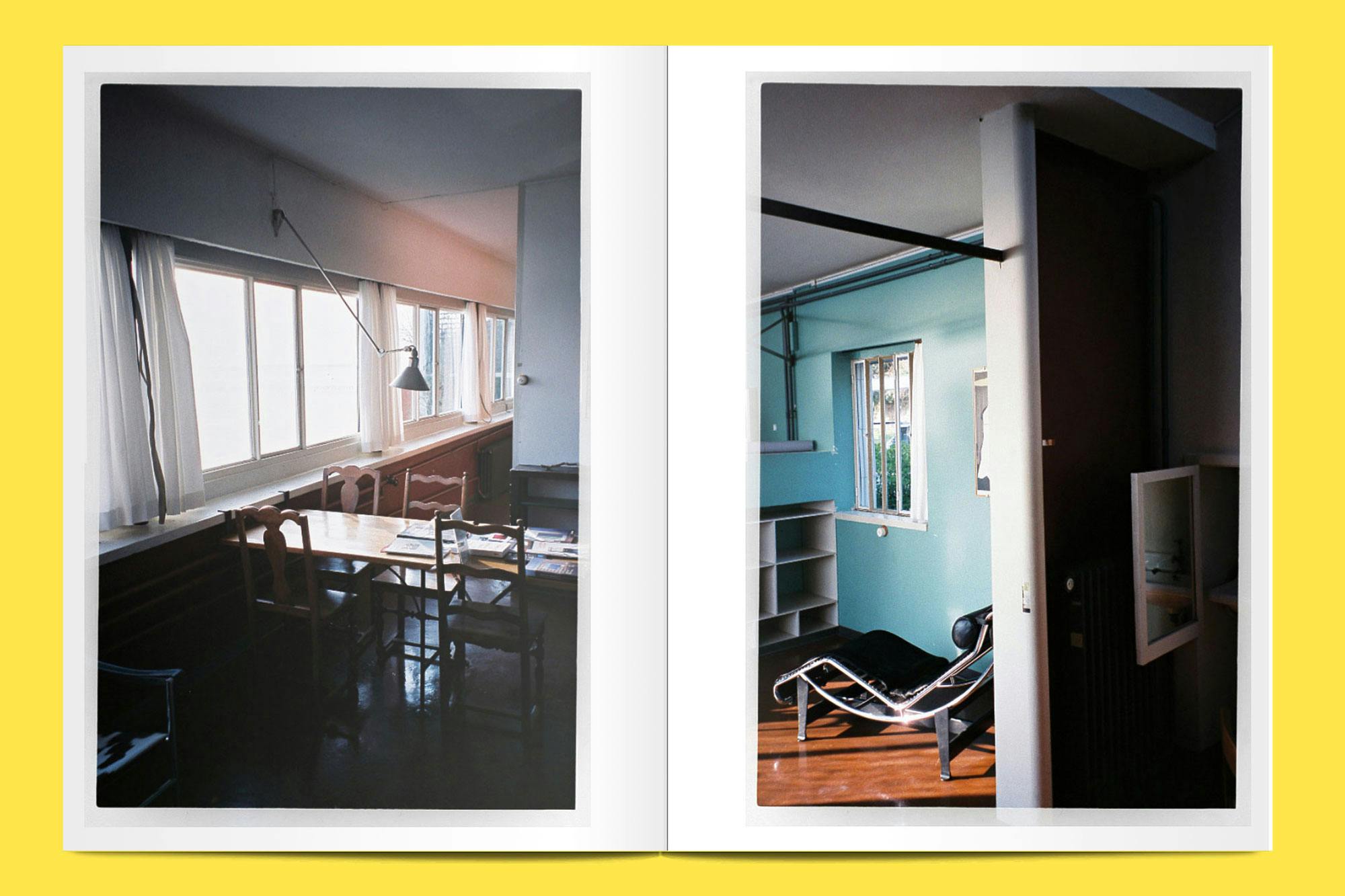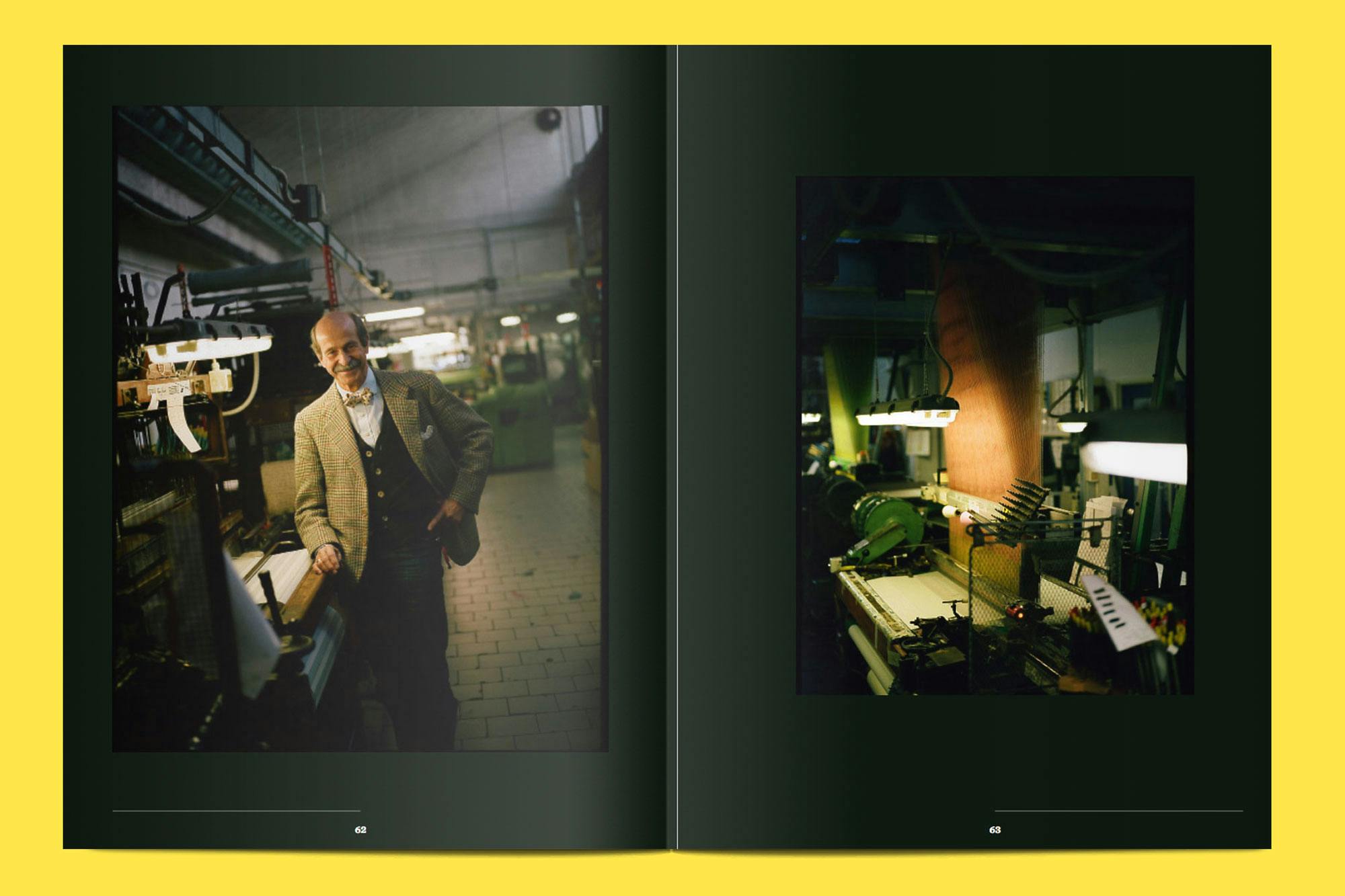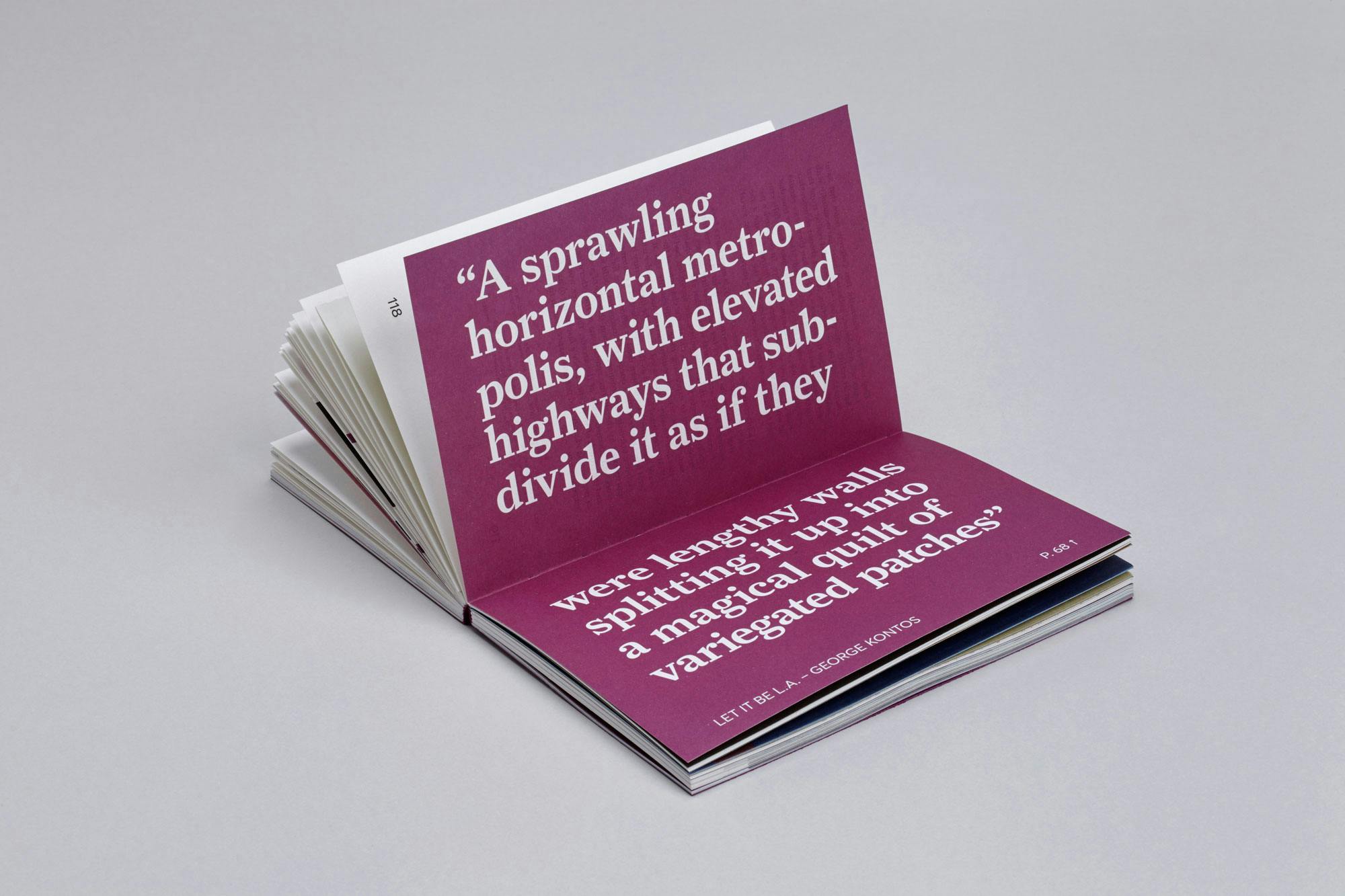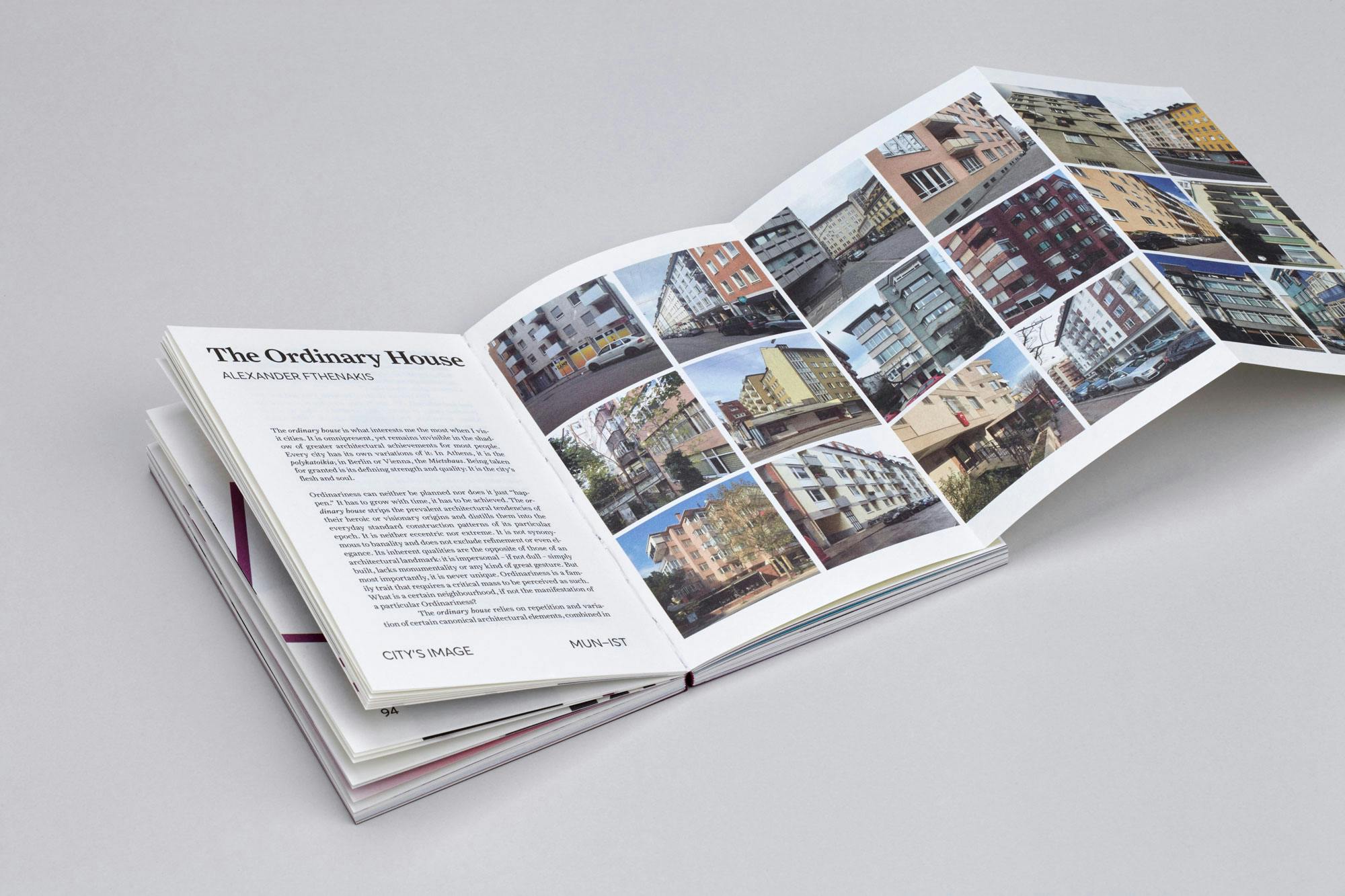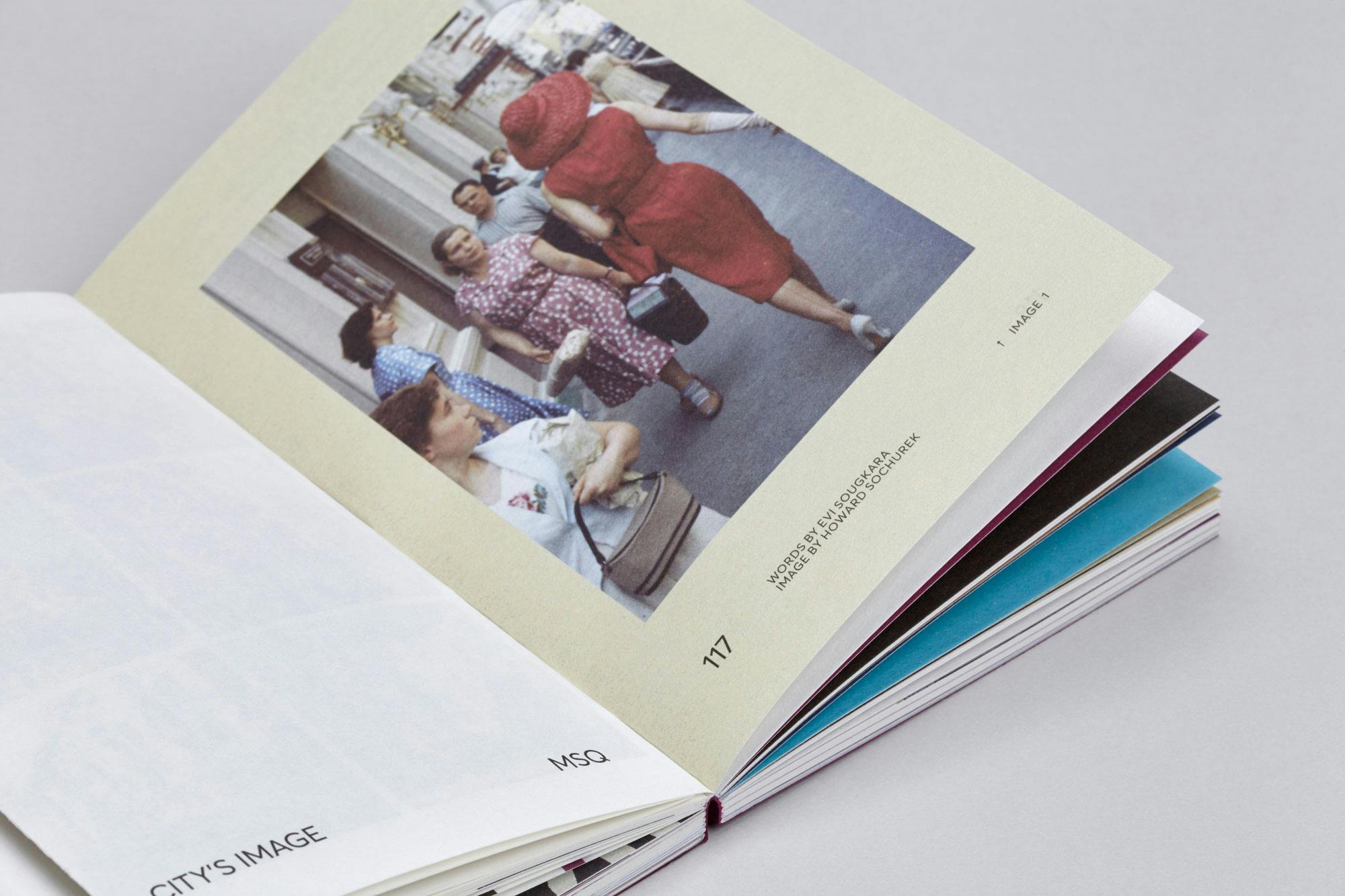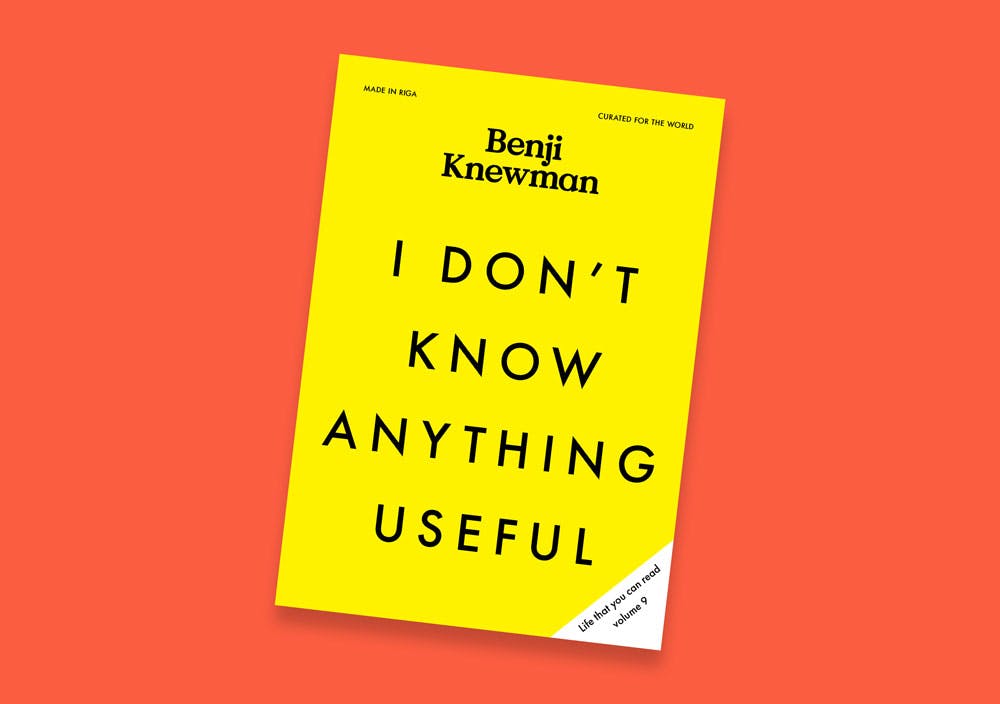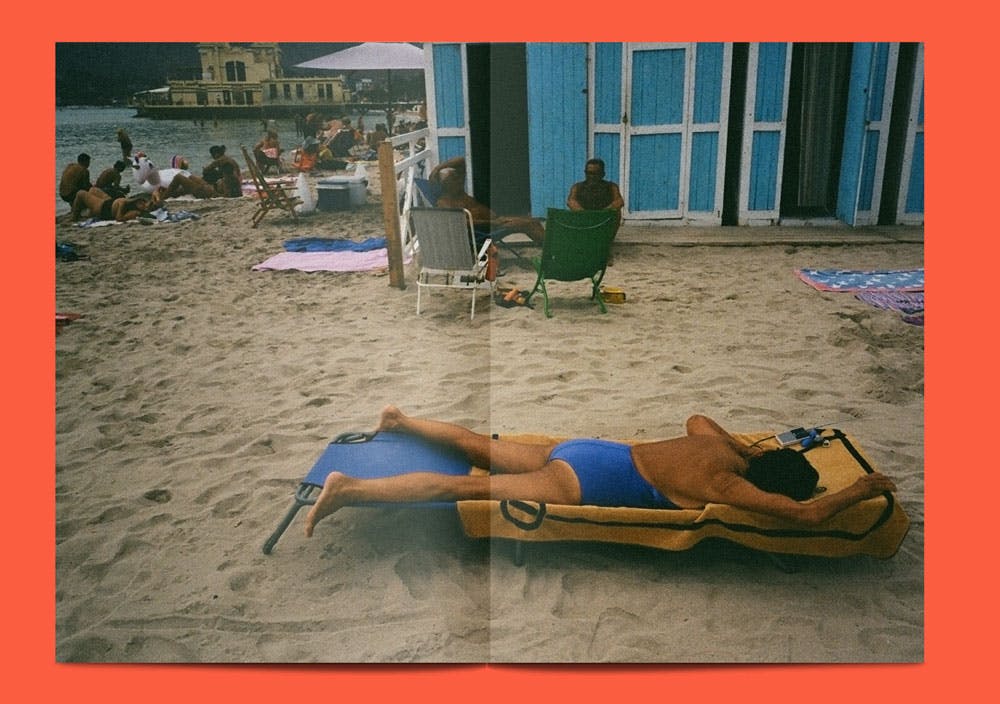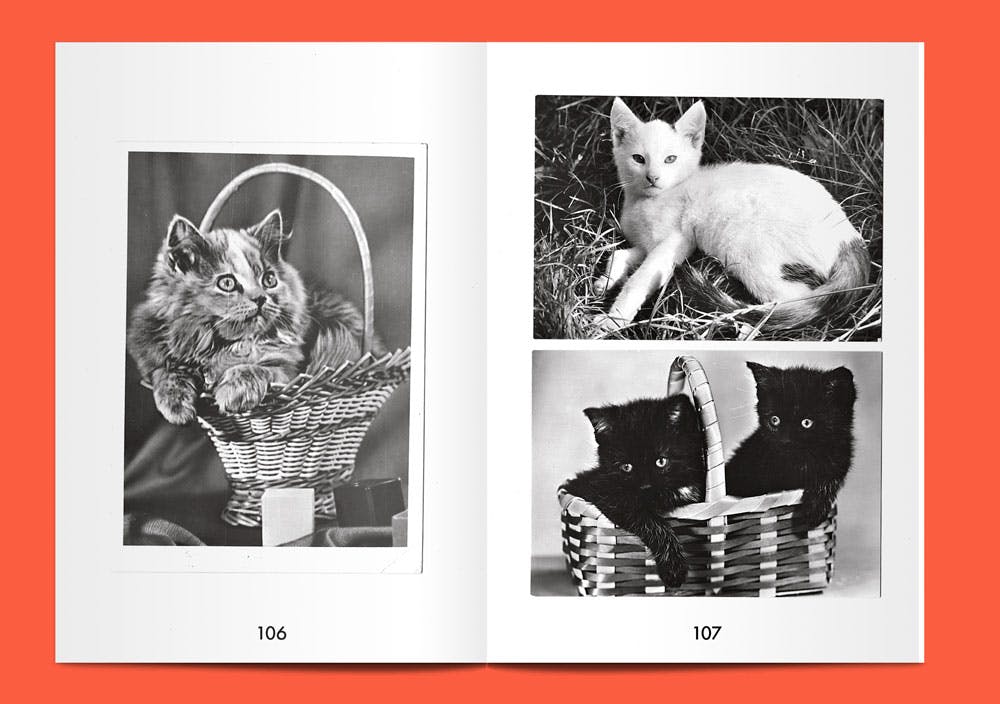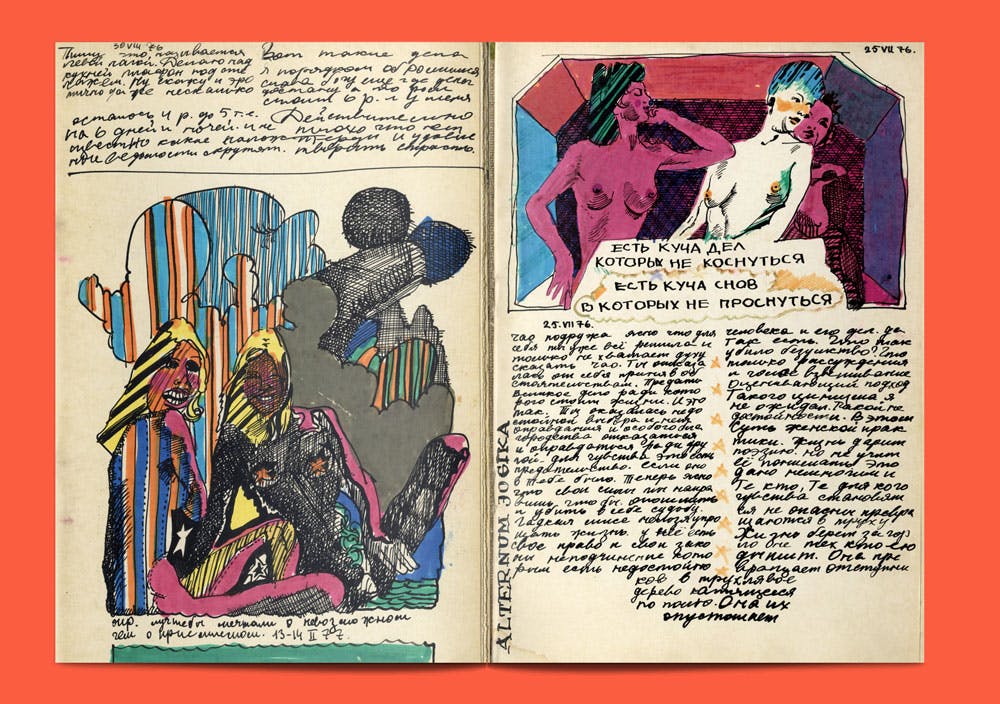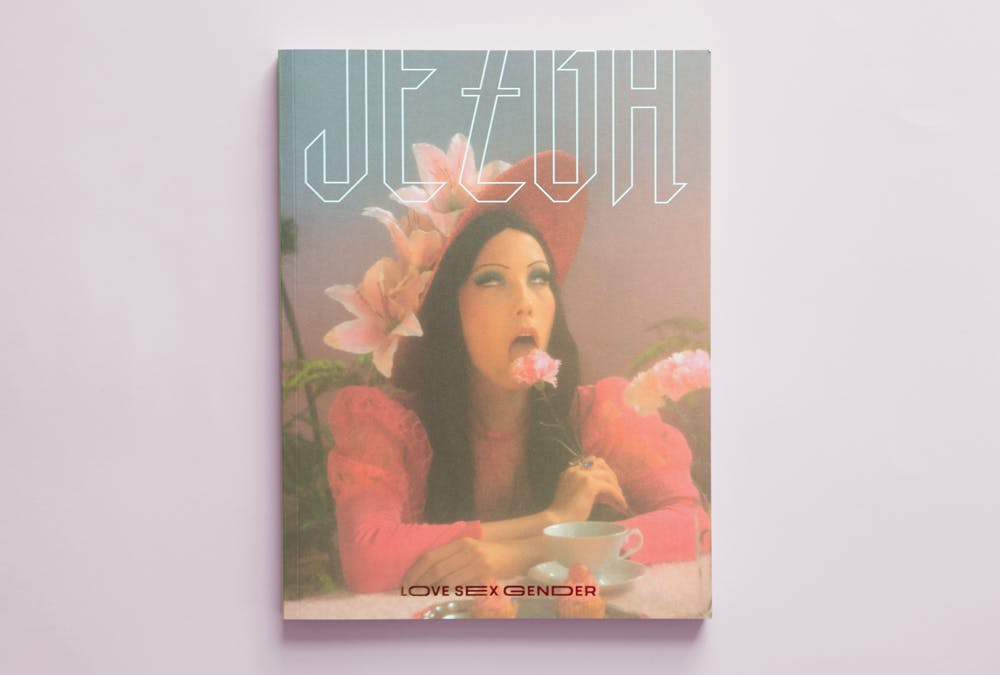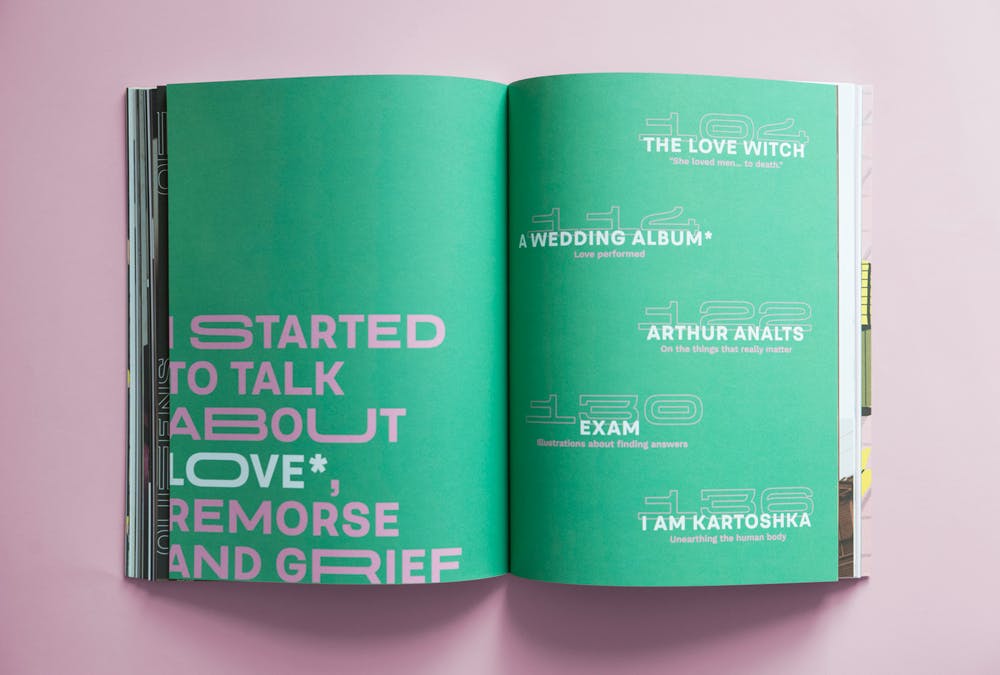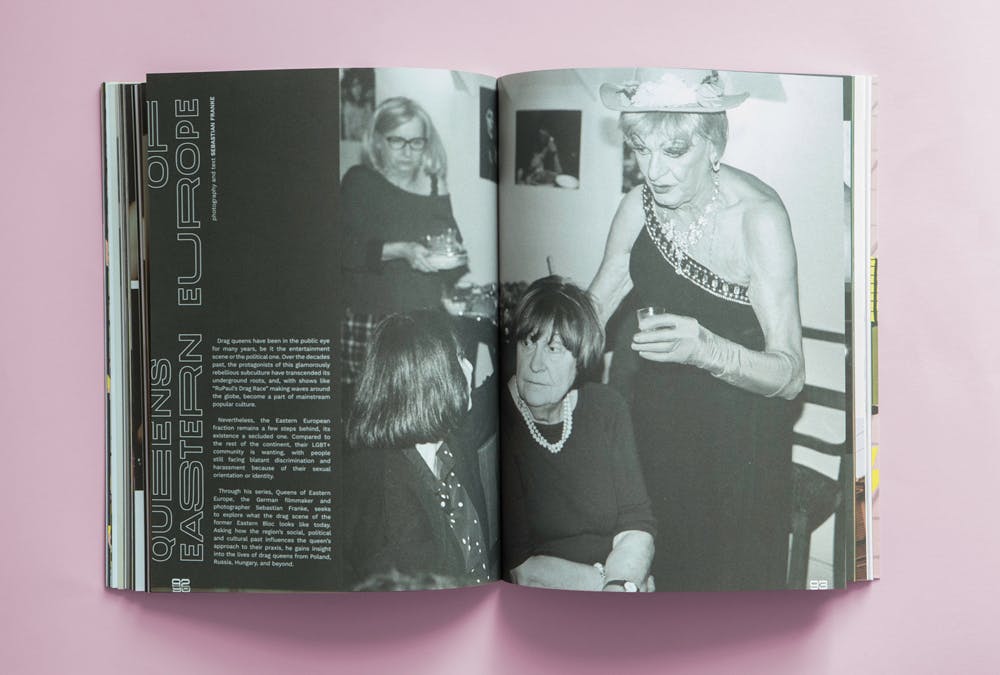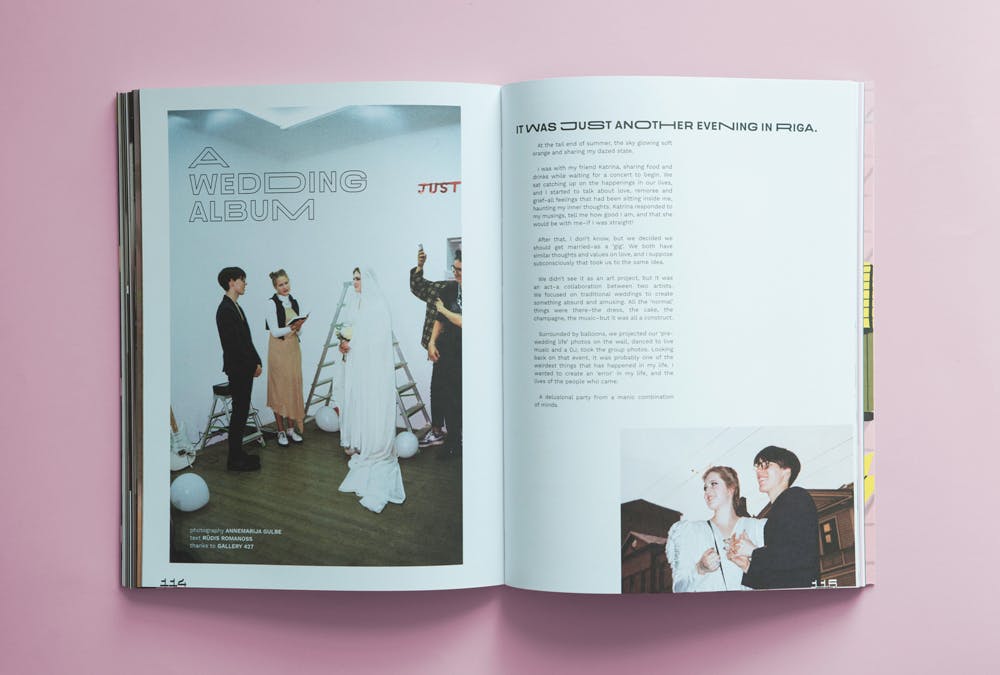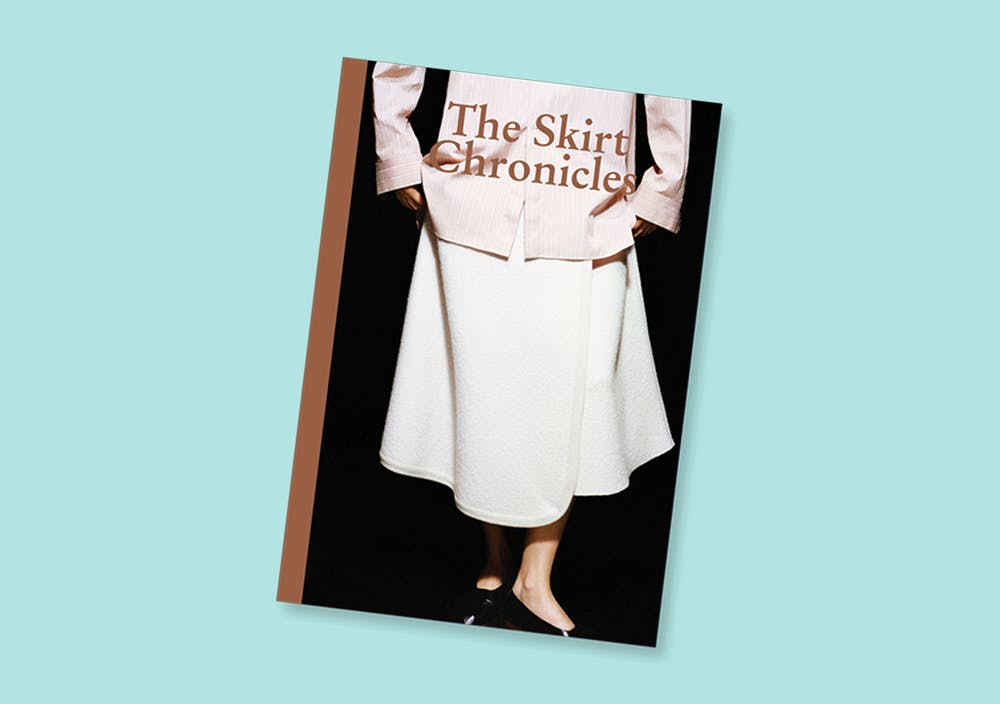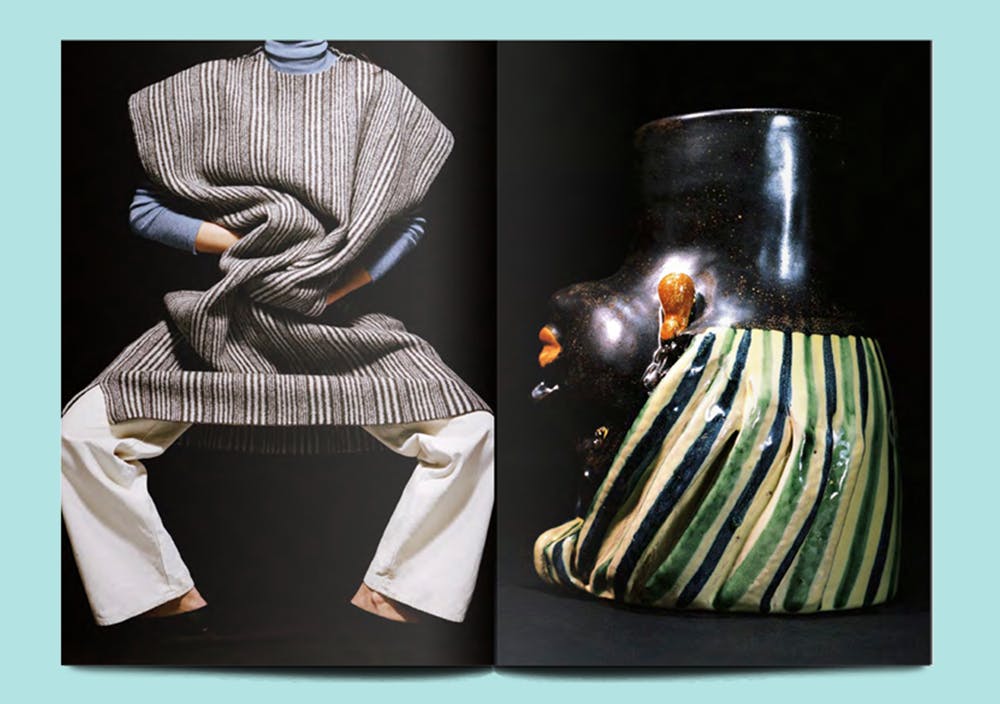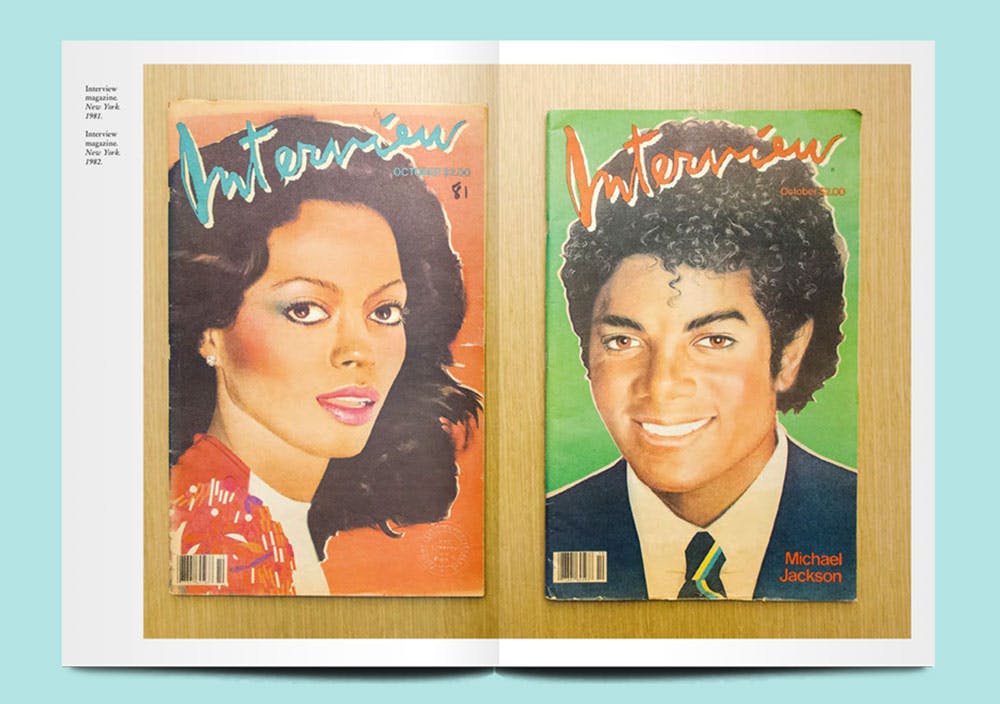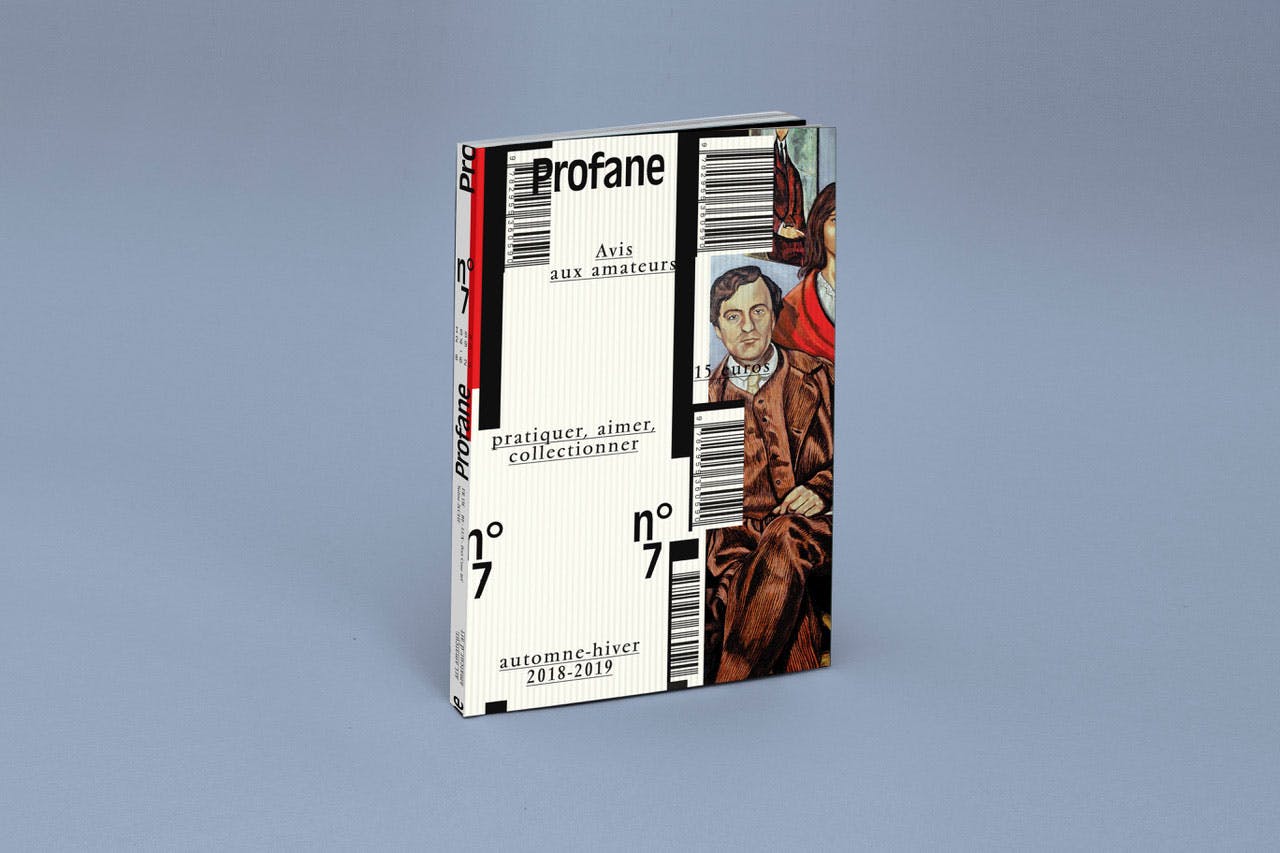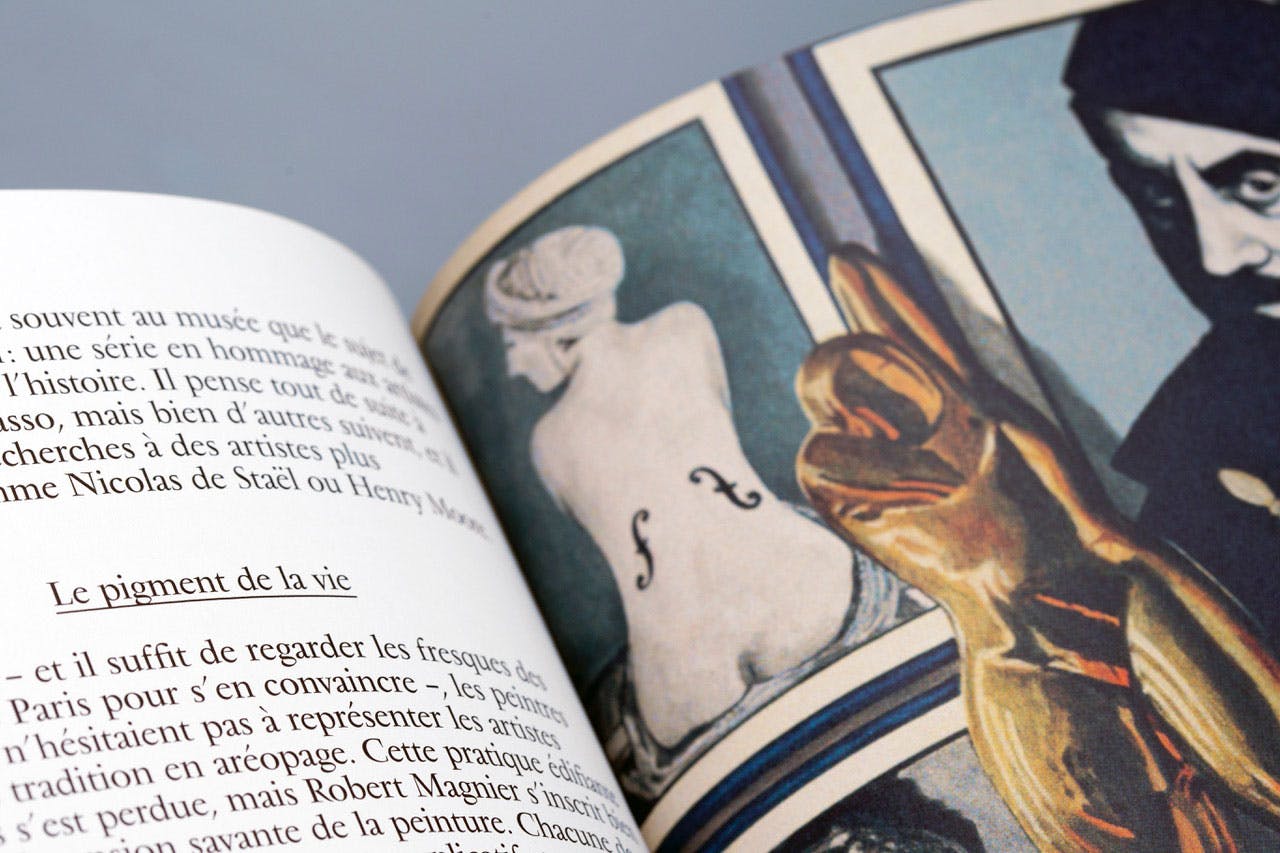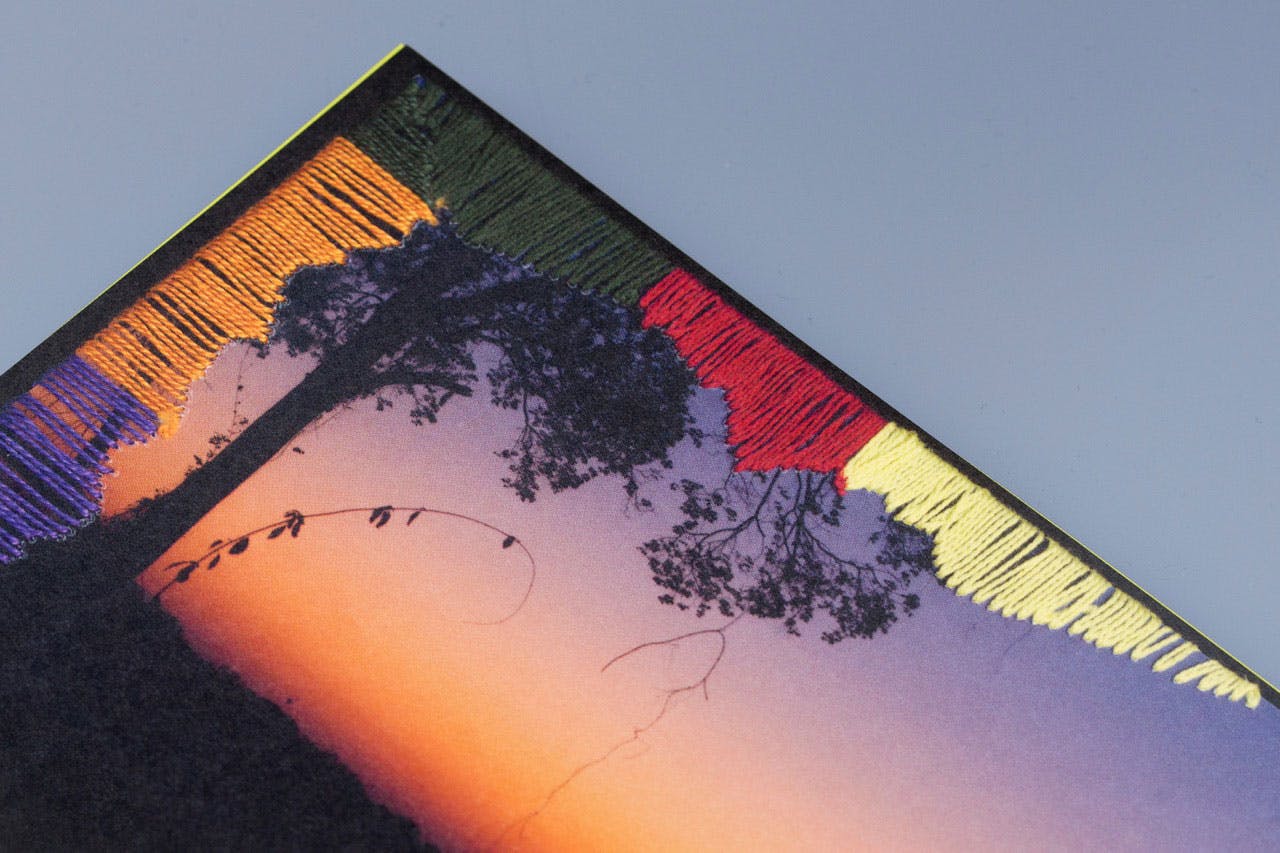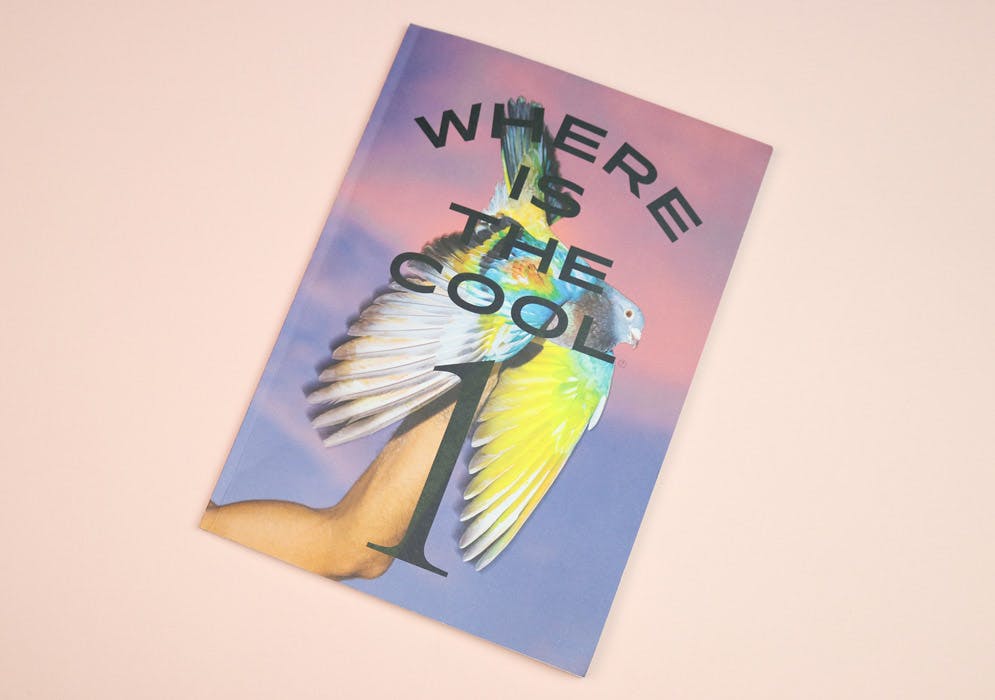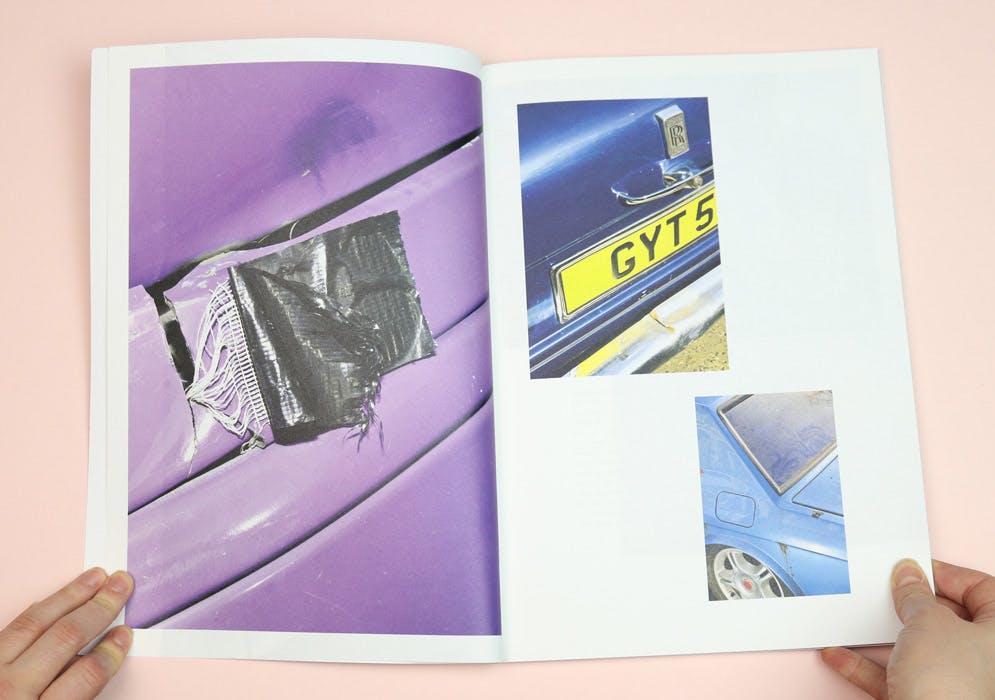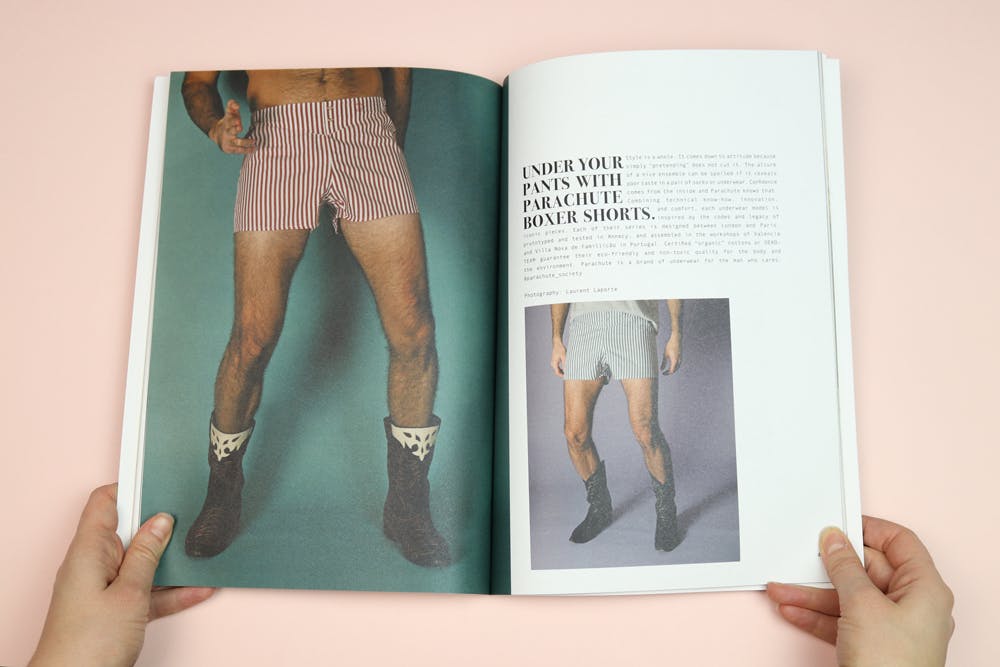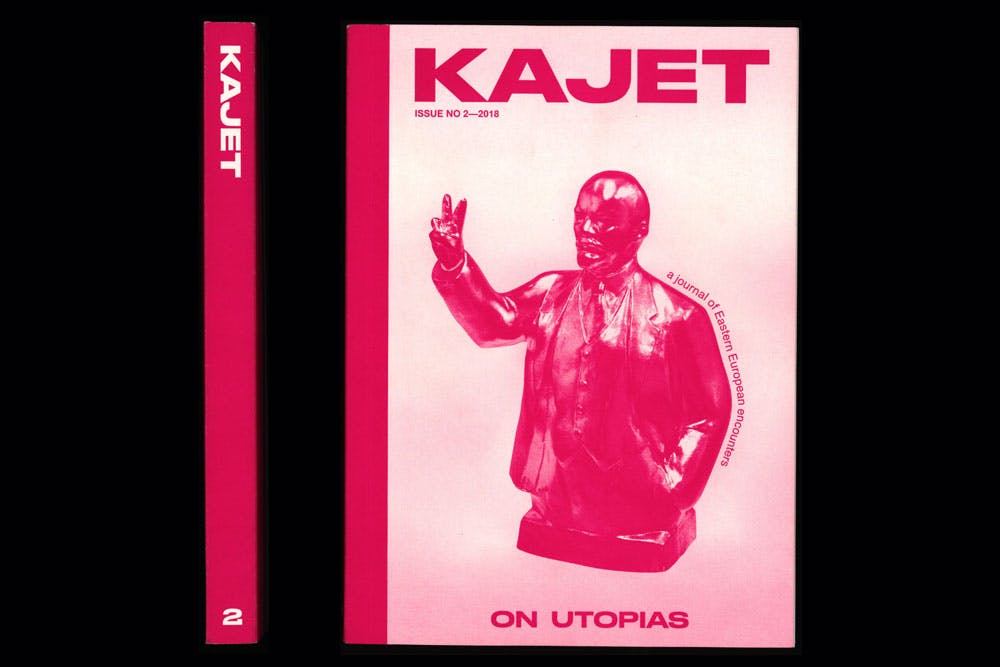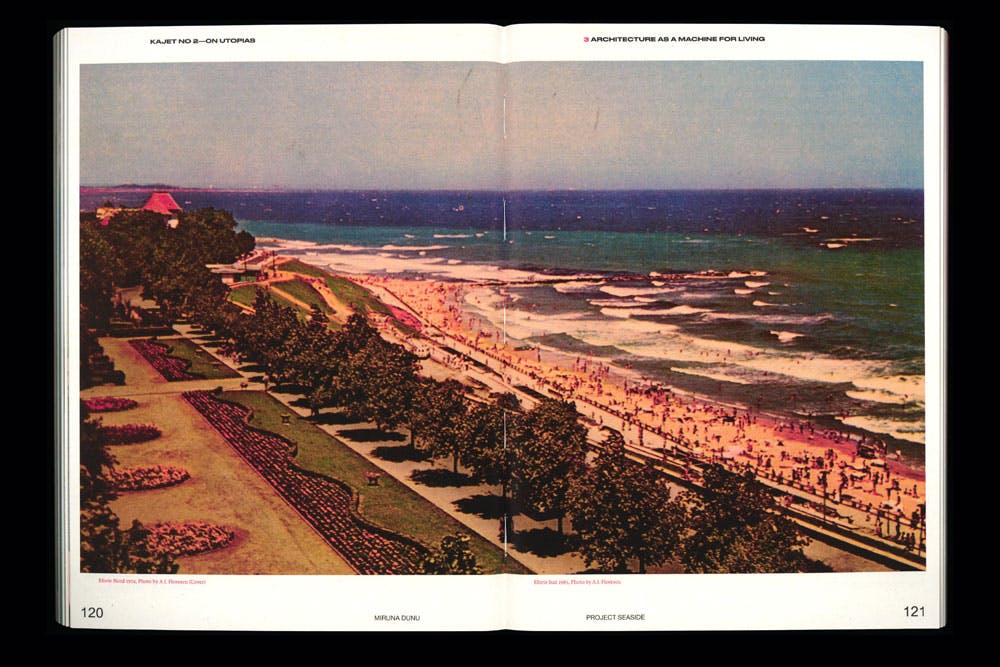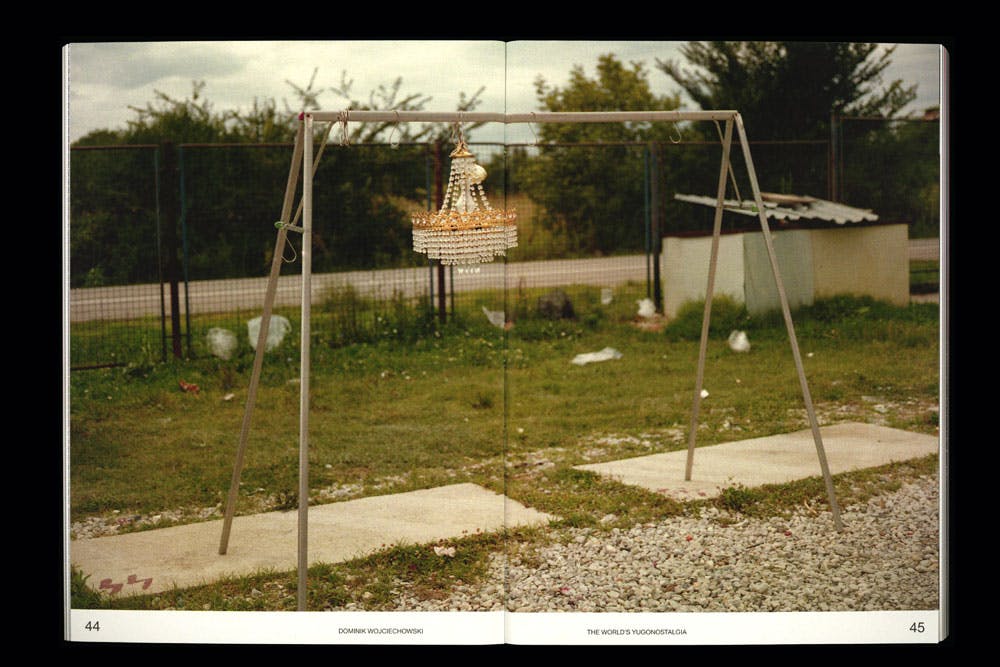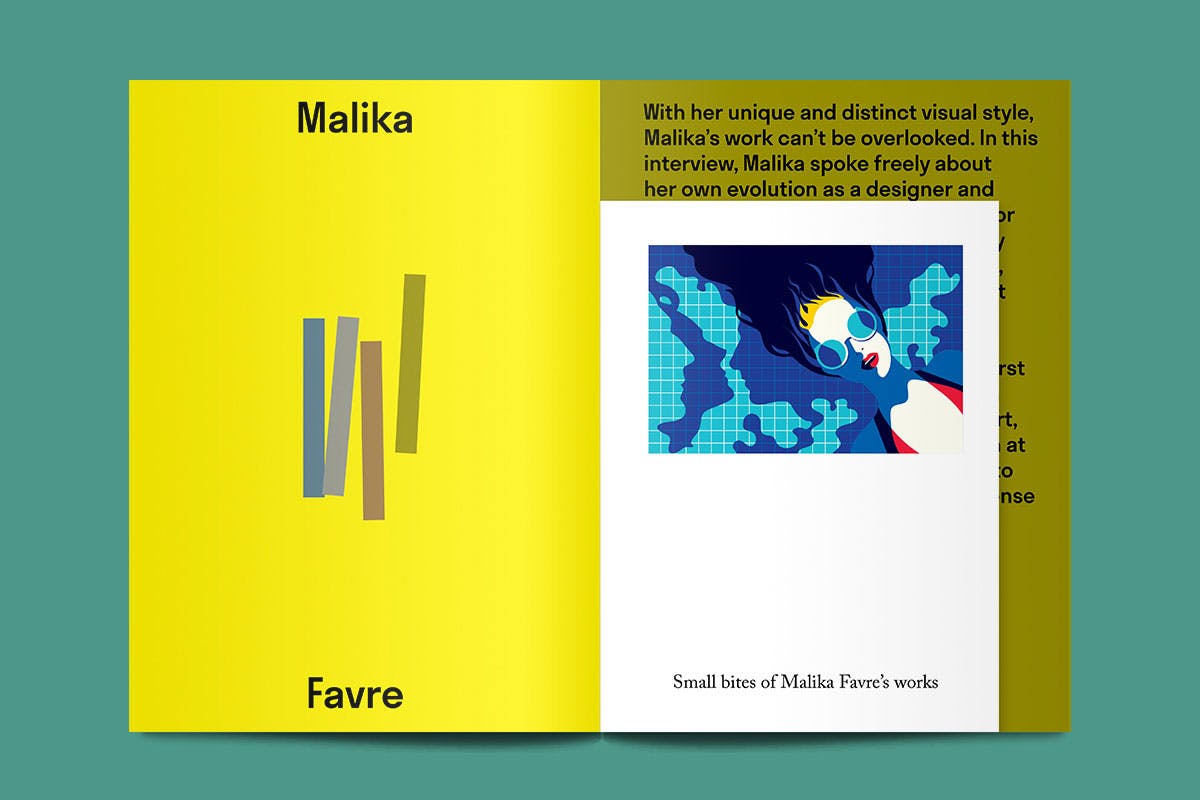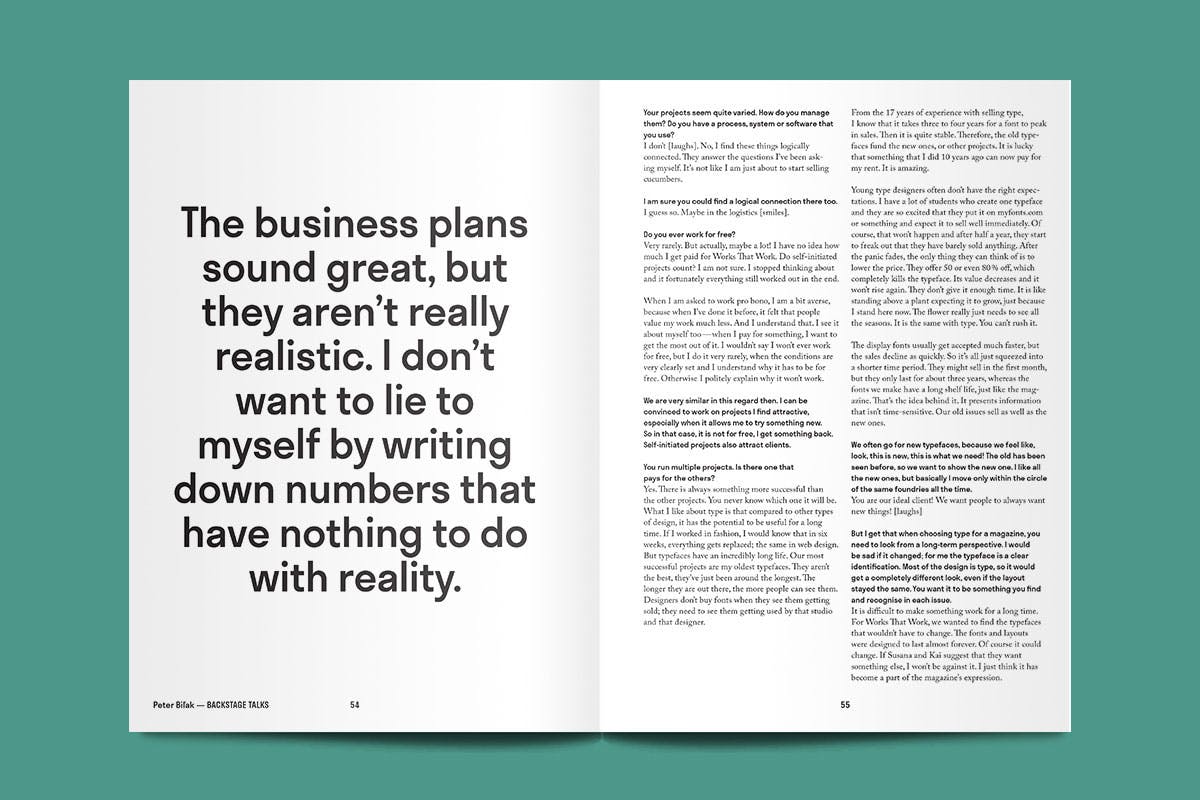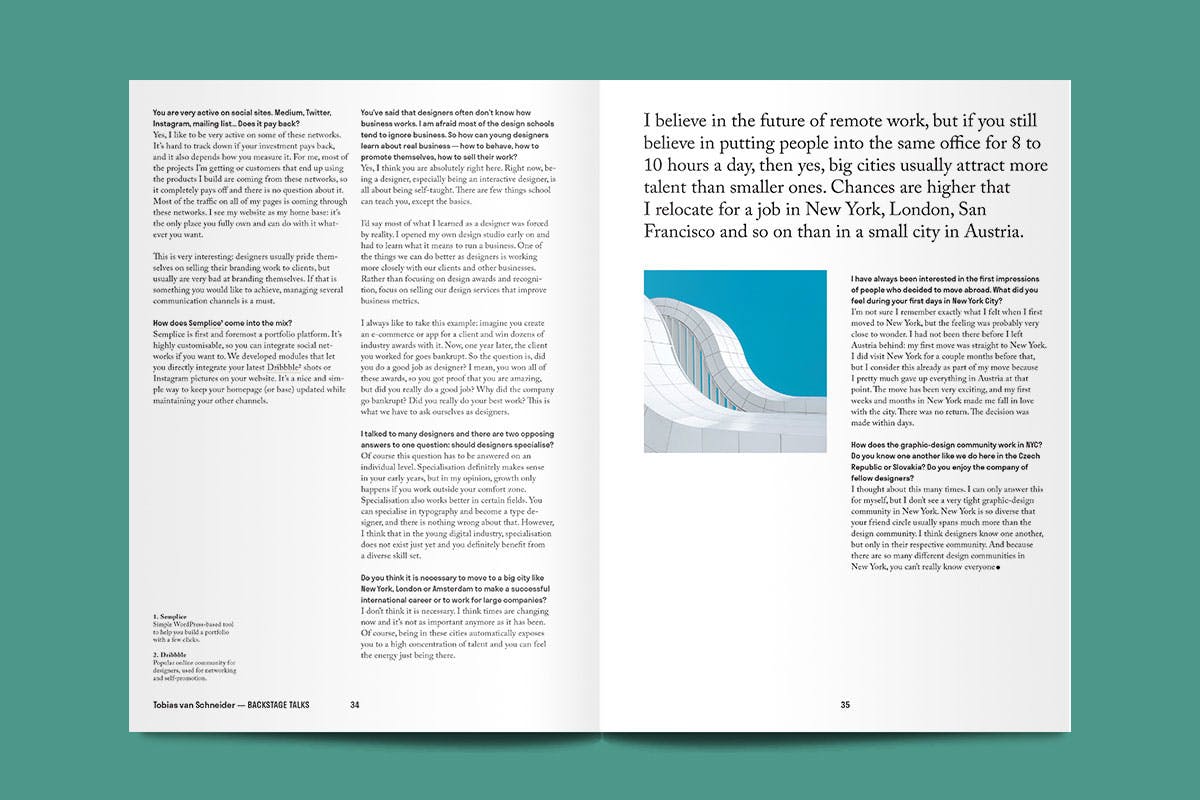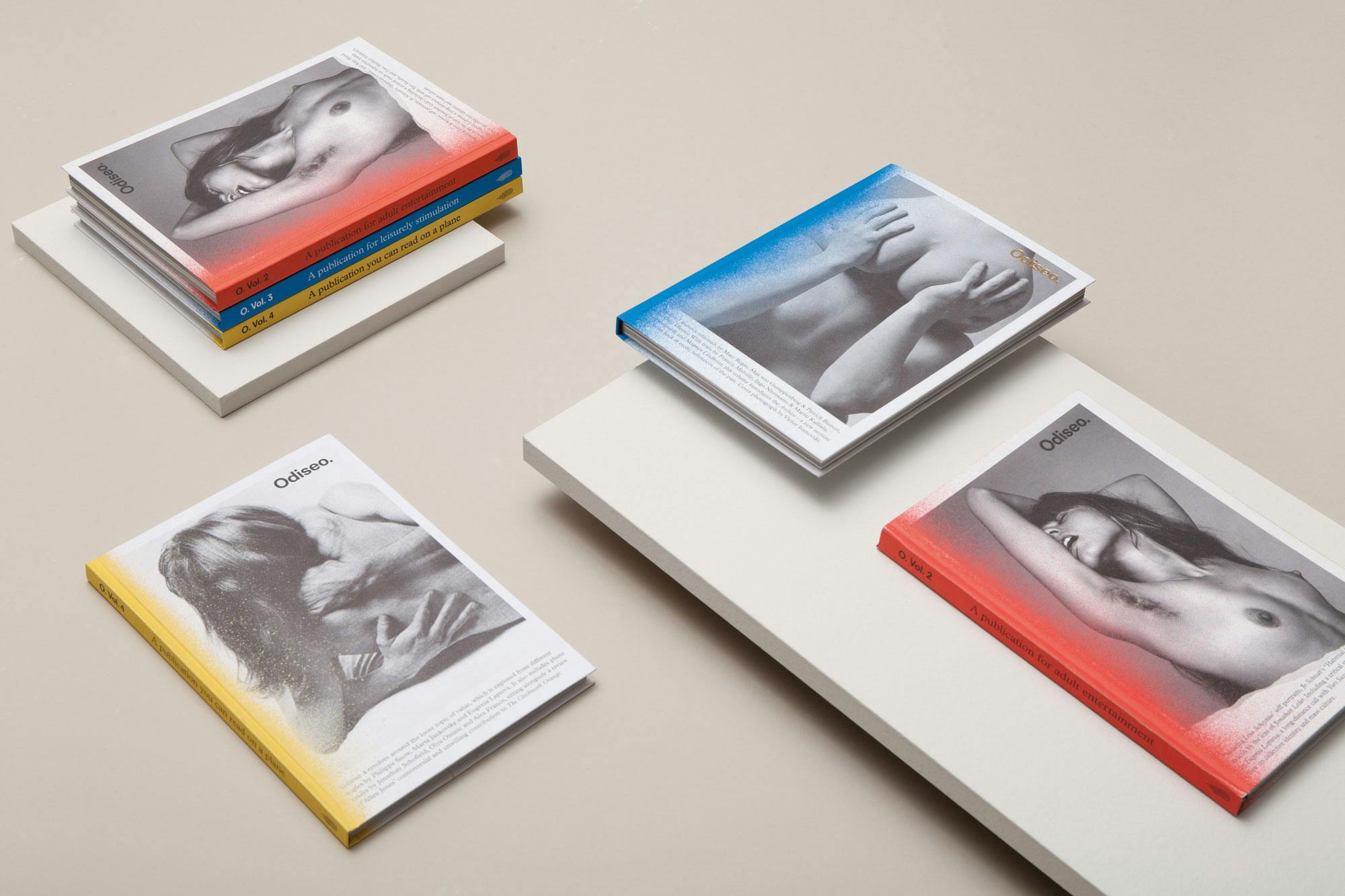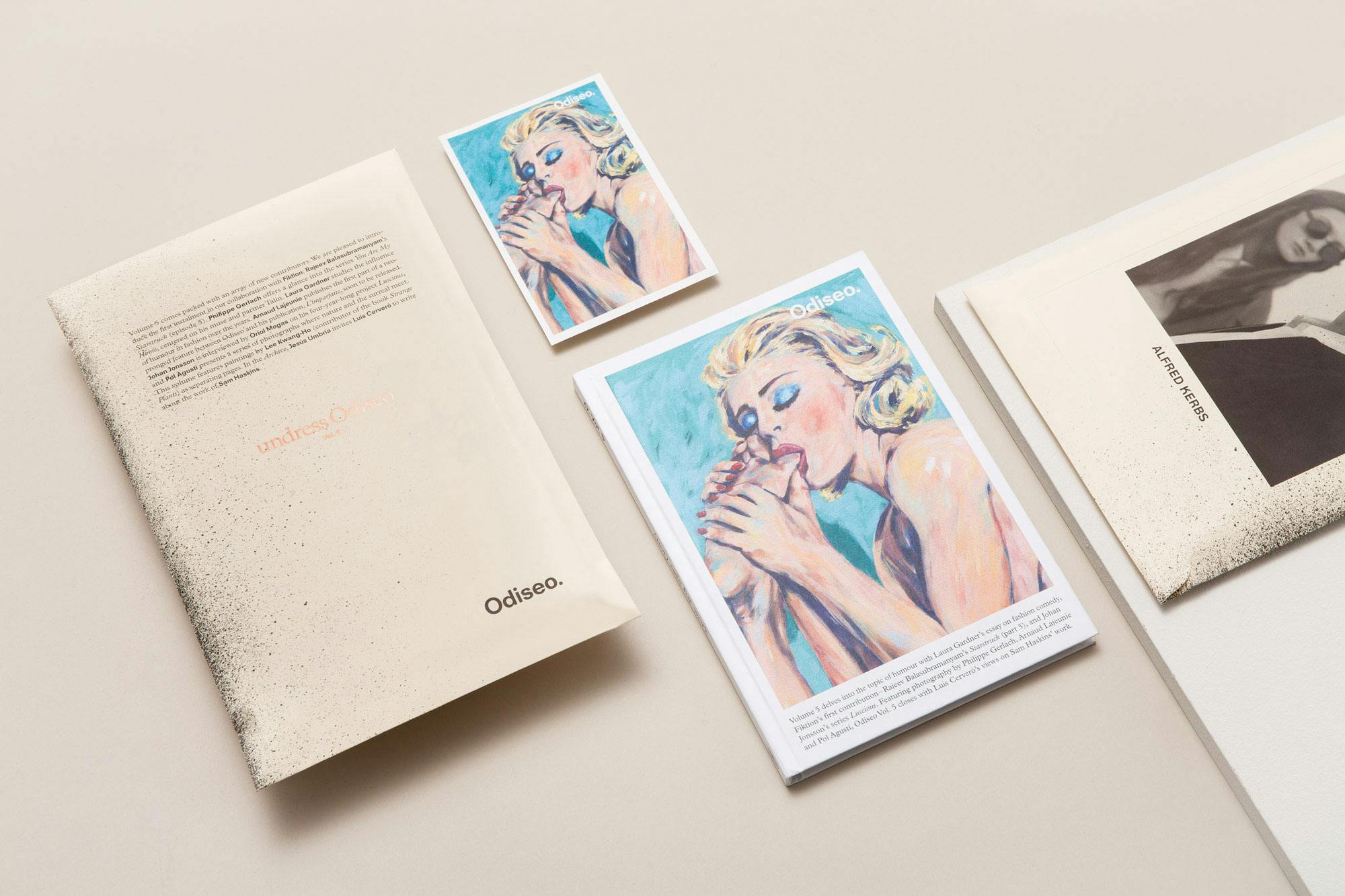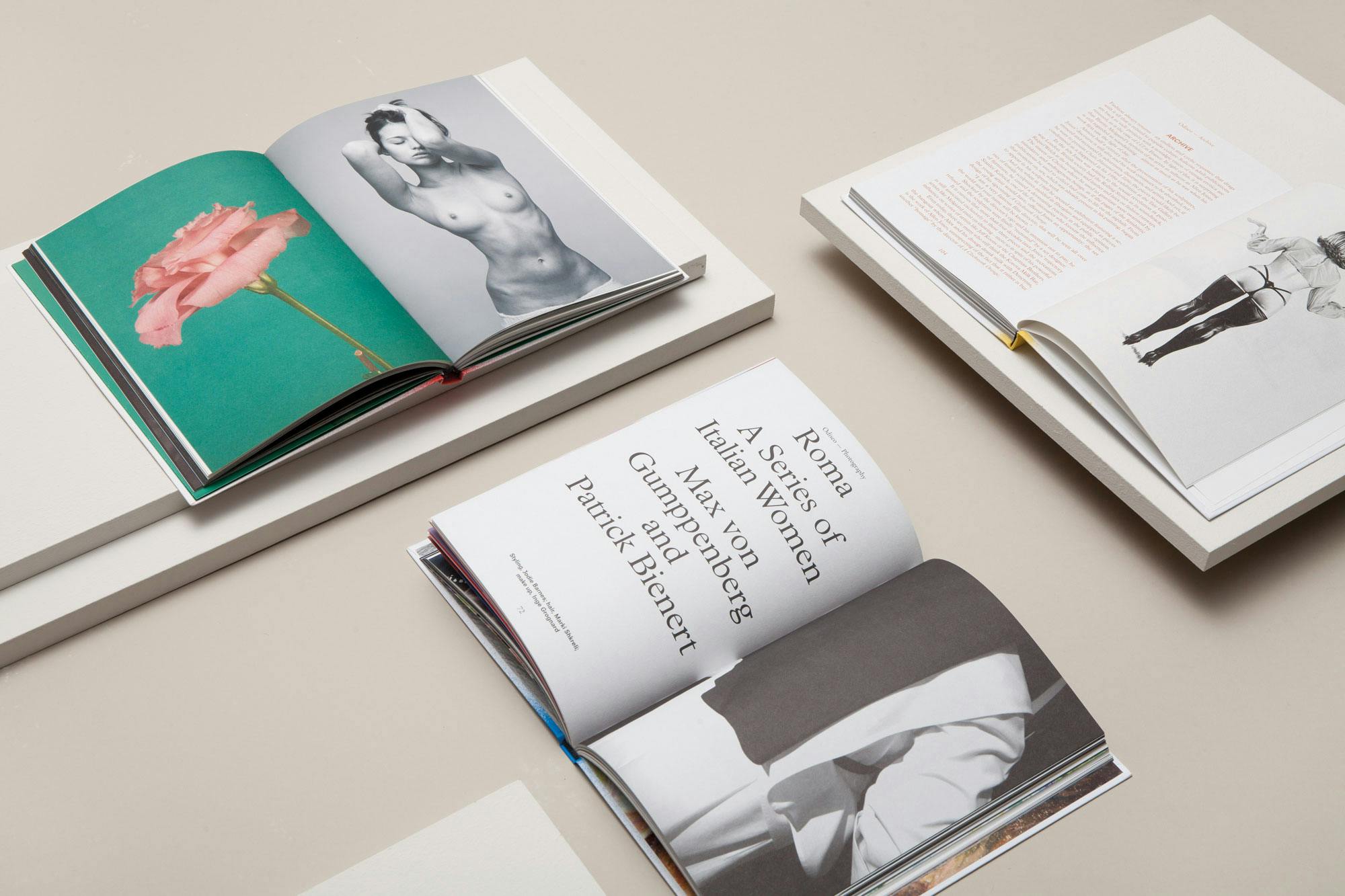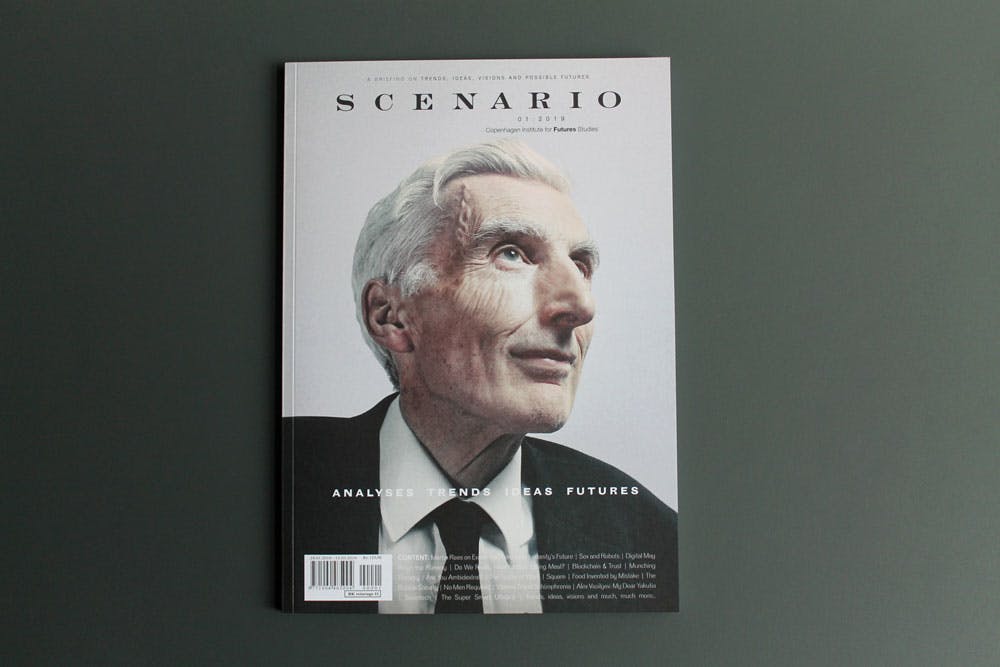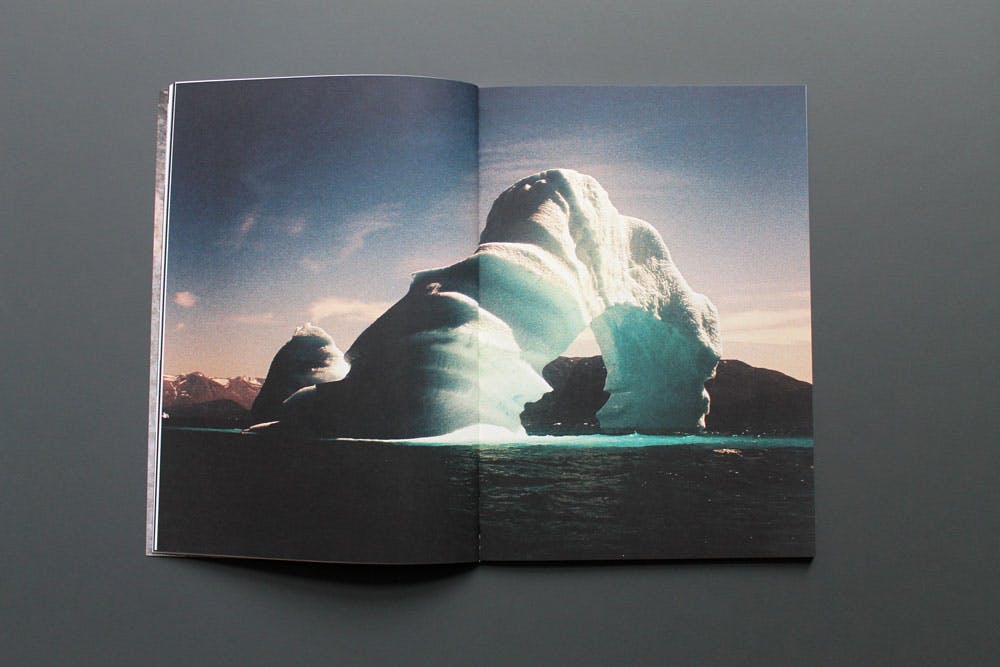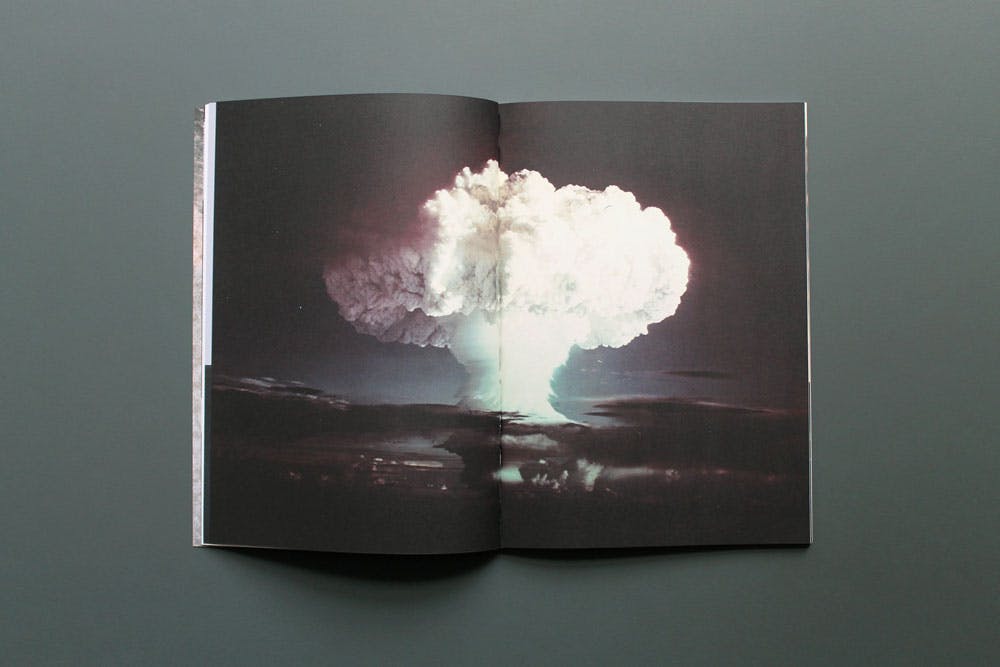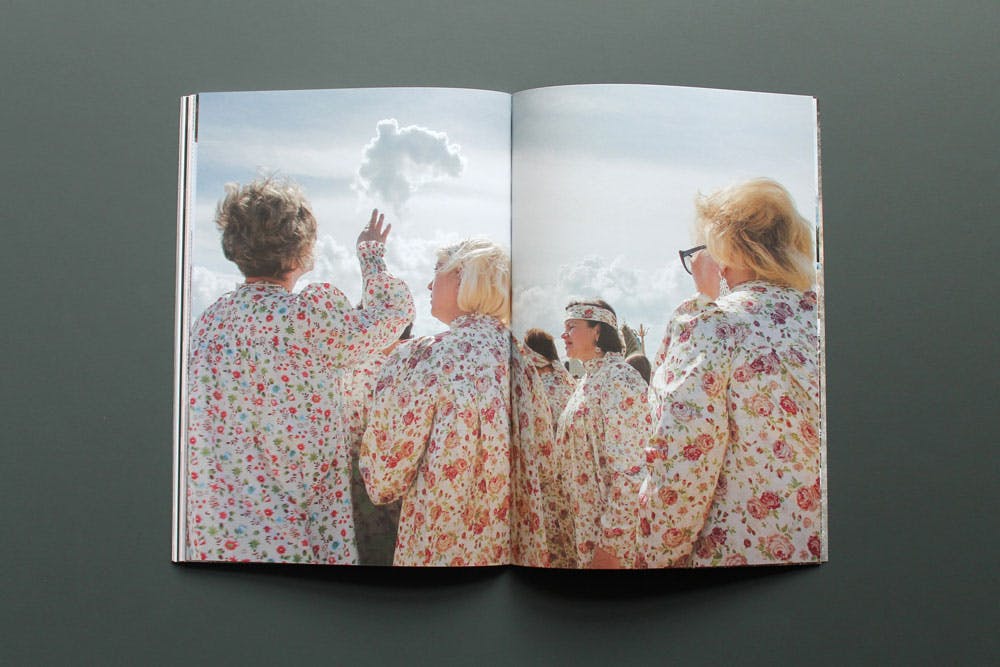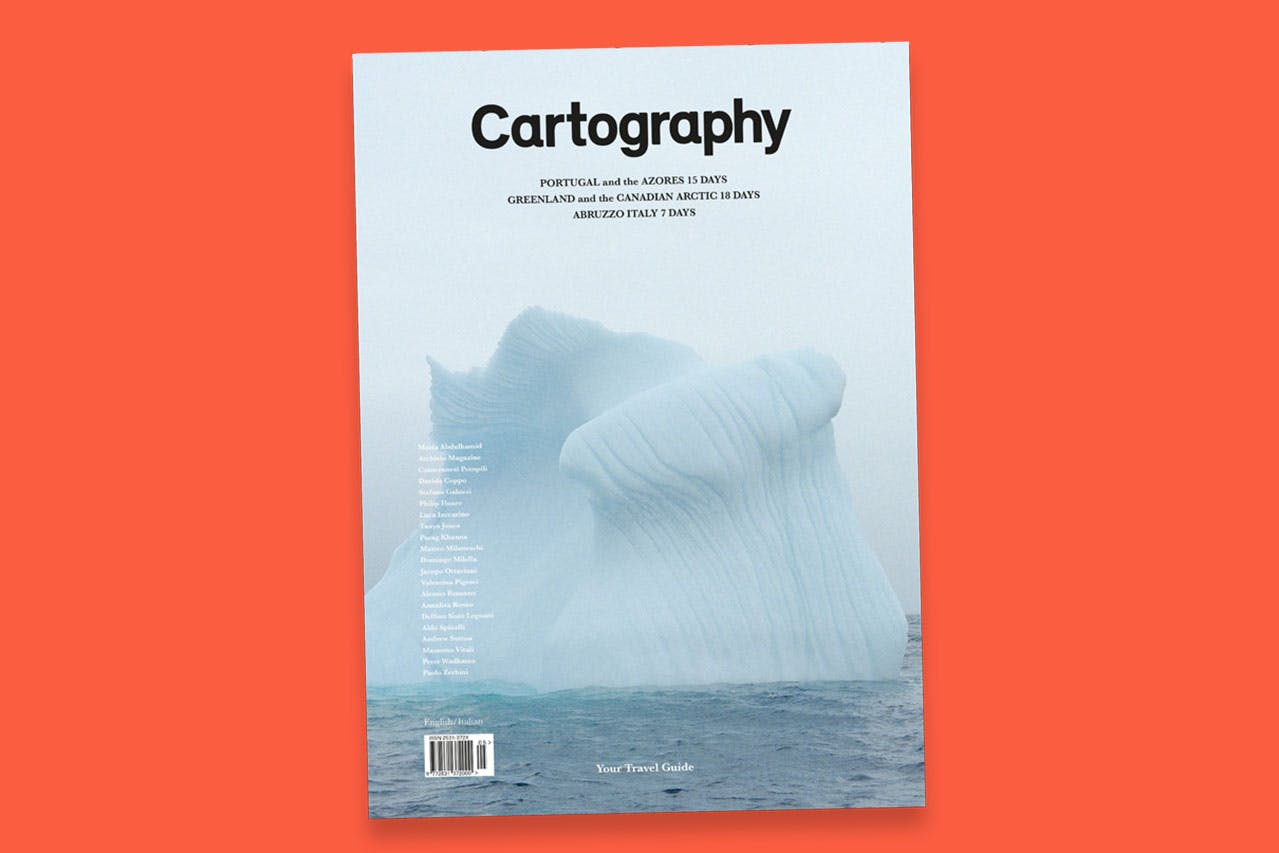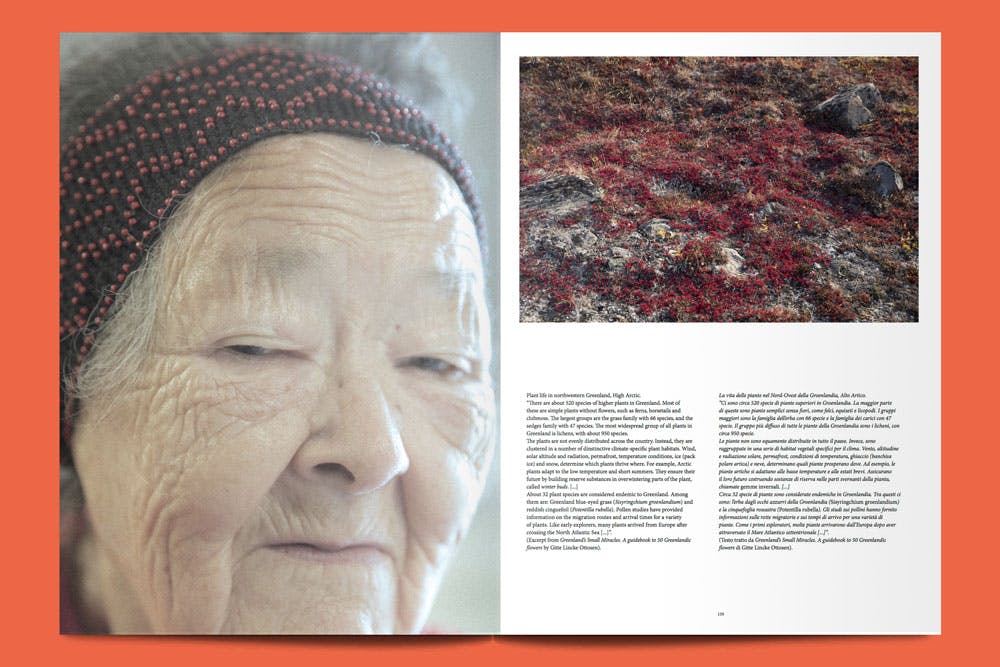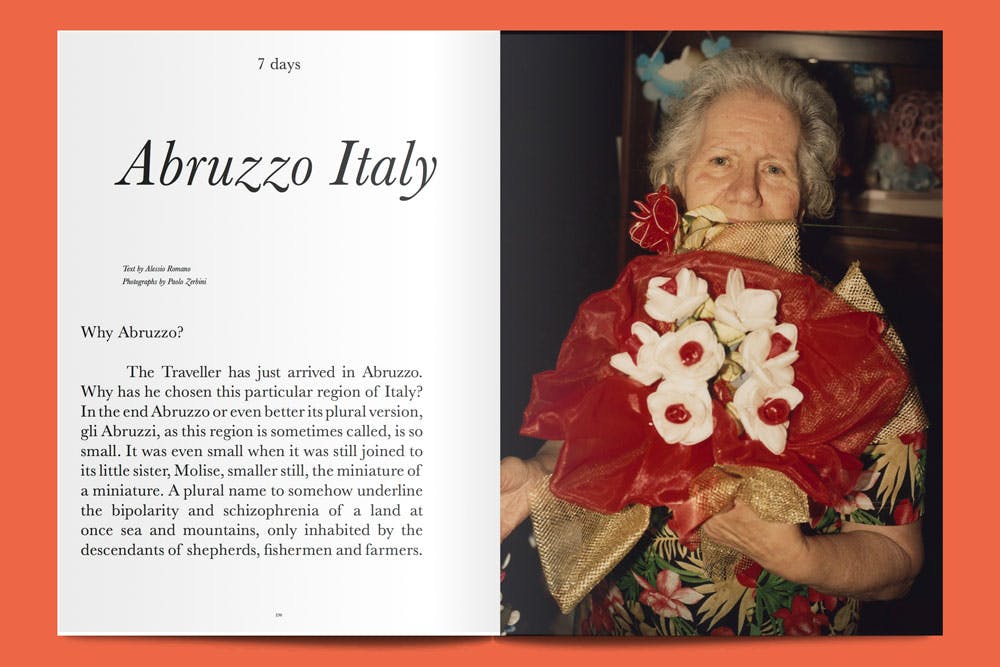We love Europe
Britain was supposed to leave the EU on 29 March 2019. That process is still ongoing, with everyone apparently as confused now as they have ever been and the result as uncertain. At the start of March we decided to celebrate our favourite magazines from around Europe — these are beautiful, imaginative publications, the sort of print we want to dig into in our current political moment.
We started the following list on 1 March and added titles twice-weekly throughout the month: this is our completed European union of fantastic independent magazines…
Flaneur is basically indie print at its grandest and maddest: every issue zeroes in on just one street and the stories from it. The team spends two months nosing around their location — previous issues have taken them to Moscow, Athens and Rome – before heading back to Berlin to piece a magazine together. With their latest edition, their most ambitious (and luxuriously thick) to date, Flaneur have focussed on São Paulo’s Treze de Maio, named after the Lei Àurea, or ‘Golden Law’, which was introduced on 13 May 1888, abolishing slavery in Brazil. Overarching themes include race, religion and magic — but the beauty of Flaneur is in its detail: private correspondence, polaroids and half-memories are the fragments that make up this picture of a place in time.
Describing itself as a ‘European review of culture’, Berlin Quarterly was born out of love for English literary titles, but its outlook feels far more expansive. The latest issue (their ninth) opens with a history of paganism and mystical rites in Syria. Other jewels include a selection of never before published poems by Xi Chuan, printed here with the English translations and Chinese originals side by side, and a photography series of American suburbs. Satisfyingly small, this is rich, challenging criticism for uncertain times.

An indie magazine about dance music — which is the epitome of German cool, isn’t it? — Borshch is an unexpectedly emotional read. Celebrating the potential of music to let us access something beyond the usual realm of experience, the third issue was guest-edited by techno DJ Jeff Mills, who is interviewed at length about his frustration at our collective underestimation of the genre, and its capacity to transcend the dance floor. The new edition, out this month, is similarly introspective — exploring subjects like over-ambition, and the need for heightened awareness of depression in the underground music scene.

An irreverent title with an unconventional relationship to reportage (there’s a recurring Skype interview with an imaginary Kardashian brother called Konrad) — Sofa somehow manages to be both sexy and insightful while cultivating the air of having been put together in a big rush. The latest issue takes on masculinity; one of our favourite pieces in the issue is a psychoanalytic essay called ‘Cocksure’, about the difference between the ‘penis’ and the ‘phallus’. Previous issues have delved into topics like ‘Cyberlove’ and ‘Today’s Teens’ (the strap-line for the latter was ‘Life Is a Chatroom’).
Started by Athens-based photographer Chris Kontos when he lost his job as a result of the economic crisis, Chris has described Kennedy as an extension of his blog. The editor’s letter for the latest issue is a kind of stream of consciousness (“I woke up last night shaking in fear with the absurdity of death”), and revolves around deeply felt political anxiety: about Brexit, and the seemingly never-ending round of negative news. Describing itself as a “journal of curiosities”, Kennedy explores beautiful places and things as a kind of antidote. This quote, blown up large across one page of a previous issue, sums things up nicely: “I have given up on human beings. The best thing I can do is to build a culture that is based on a relationship with objects and perhaps from that, we can determine how to live a decent life.”
So much more than your stereotypical food magazine, Taverna gives us stories of Greek figs, and pomegranates and grilled octopus, steeped in ancient mythology. A journey across Kalemata to find the perfect roasted pig is threaded through with Hercules’ killing of the Erymanthian Boar; and the sticky golden cover is a nod to Ambrosia: food of the Gods. Rather than being about ‘food culture’ — simultaneously fetishised and weirdly sanitised in British supplements — Taverna is about food as life, and religion and ritual. One of our favourite moments in the issue is the description of ouzo drinking in Volos as a sort of rudimentary psychotherapy: men sip looking straight ahead, not into each other’s eyes, a spatial arrangement reminiscent of Freud’s couch.

A magazine that could fit inside the palm of a very large person’s hand, from the outside, Desired Landscapes looks like an offensively ordinary travel guide. Open it up though, and you find something else entirely: rather than being about cities as they are, this is about the cities that exist in our fantasies; it’s a love letter to the bonds that exist between people and places, not the places themselves. Intensely subjective meditations on Athens, LA and Berlin read like poetry and dreamscape. There’s also an excellent piece about the psychogeography of the Tokyo subway system.
Benji Knewman doesn’t actually exist. He’s a made-up 42-year-old magazine editor, invented by two Latvian women (Agnese Kleina and Madara Krievina) so they can publish whatever they want and blame it all on him. That’s an eccentric concept; and this magazine is a trove of curiosities. Inside, ordinary people from Riga share less than ordinary stories: one memorable feature explored the wave of enthusiasm for branded plastic bags that swept Latvia in the 90s; and a choice anecdote from the latest issue is about a Sardinian cheese so full of maggots you have to wear protective glasses to eat it.
A magazine dedicated to youth culture in the former Eastern bloc, Jezga’s latest issue — titled ‘love, sex, gender’ — champions shame-free erotic expression. That editorial mission was motivated, as one contributor reflected, by the fact that sex, for the older generation in Latvia, is being suppressed almost on the same level as religion was during the Soviet era. Poetry also emerges as an unexpected theme, with ninth-century homoerotic Middle Eastern verses printed alongside work by Eliza Legzdina, whose speaker ascribes her “juicy booty” to a genetic reaction to hunger (“Grandmother Ginta grew up in a gulag”).
A fashion magazine unlike any other, The Skirt Chronicles has an editorial style so poised, and so contemplative, the reading experience can feel philosophical. Material is organised — with a satisfying simplicity — in the order it was completed, and issues contain a curious mix of personal essays, literary translations, and photographs (sometimes of skirts). Pieces have footnotes, but manage somehow not to feel pretentious. And the writing tends to surprise you, like Jorge de Cascante’s semi-manic confessions about book hoarding (he avoids falling in love, because love distracts him from books). The fourth issue, out next month, will feature work on the magic of jumpsuits, and an interview with Eleanor Coppola, who has documented the creative ups and downs of her large family of artists.
Contrary to that deliciously rude name, Profane is dedicated to something ostensibly innocuous: the amateur. People passionate about things that aren’t their jobs are the subjects of these pages, like a cleaning lady who moonlights as a successful stage actress; or an architect so obsessed with the sun his hobby is recording the times it rises and sets. Delving inside their lives and minds, you are left with the impression that to be a dilletante is more dangerous than it appears: embracing leisure in a results-driven society upsets all our carefully ordered notions of work, and freedom.
The Frenchest magazine ever, Where is the Cool? is dedicated to unpicking that one (almost) existential question. Offering 21 concise little answers — from the “covers of rare reggae vinyl”, to the “colourful world of pigeon racing”, to “lava lamps” — entries range from the predictably hip to the pleasurably surreal. You can read the whole thing in about 40 minutes, which is fun, and every answer is so beautifully written the mag works like some sort of visual poem. Except it’s not wanky. The best thing about Where is the Cool? is is it doesn’t take itself too seriously, opening with the knowing first line, “Good question. Let this pretentious magazine give you the answer.”
Laminated in sticky plastic like a library book, Kajet is not the magazine to pick up if you’re just after a quick skim. Out to prove Eastern Europe is “more than just itinerant gloom”, essays are academic — one of our favourite features in the first issue was an exploration of transgressive Romanian “slacker” communities, entitled “poor but sexy”. The latest edition contains many bafflingly meta lines (eg. “utopia itself has become utopian”), but is an exceptionally rich, enlightening read. One idea that recurs is that instability can be a source of inspiration: out of anxiety springs the urge to create. The magazine itself is testament to that.
Simple as magazine concepts go, Backstage Talks is a publication composed of a series of interviews held backstage at the annual By Design conference in Bratislava. Quotes are splashed across the page like aphorisms (“I don’t know anything about advertising, besides the fact that I hate it,”); and reading, you get the sense that you’ve been ushered into a private design club, where tricks and trade secrets can be spoken out loud. That frankness is deliberate, a product of the fact that interviews are all conducted in the inner sanctum: backstage. With their upcoming issue, BT are adapting the formula a touch to include a gallery of works by Slovak graphic design legend Miroslav Cipár. They want to celebrate their central European origins.
Ordinary magazines choose glamorous, grand themes. For Macguffin, it’s the mundane and overlooked objects in life which prove the greatest inspirations. Previous issues have unravelled the mysteries of the sink, the cabinet and the bed (the latter featured an unforgettable photo-series of cakes iced to look like mattresses); and Macguffin’s latest — and potentially greatest — edition is all about the ball. Nothing is predictable: writing on the disco ball spirals into a thesis on the theoretical displacements of postmodern thought; an essay on the ballpoint pen tells the story of down-and-out inventor László Bíró, alone in his room, the walls splattered with ink from explosive pen experiments. Delving into the life of everyday objects has no ‘purpose’ — Macguffin offers no ‘hot take’. Instead, reading is transformed into a kind of ridiculously pleasurable indulgence. It’s life-affirming. You will never look at a ball the same way again.

Probably the strangest magazine we’ve ever sent out on Stack, this experimental title explores identity in the age of digital technology; necessary in a world where it might not even be possible to disentangle our ‘real selves’ from the digital avatars we present online. NXS doesn’t really look like a magazine: it’s long and thin and the typography seems purposefully difficult to decipher. Pieces are not distinct, but rather bleed into one another, with each contributor responding to a previous contribution, to create what the editors describe as a “constellation of thought”. The first issue looked at ‘Cyber Sensuality’ — exploring fetishism, dating and robots — while the latest theme is ‘Virality’, with an emphasis on the contaminating connotations of that word.

Odiseo is an erotic magazine with a dreamy, almost trippy aesthetic. Fiction heavy, one of our favourite pieces is an imaginary monologue from Michael Collins, the astronaut who flew to the moon with Apollo 11, but never actually walked on it, because he stayed alone to command the module Columbia. Another highlight of the most recent edition, Issue 11, is a lush, velvety photo-series called ‘Dance’, exploring the (naked) self’s relationship with nature. There are a lot of naked people in this magazine.
Perdiz has a singularly lovely strap-line: “happiness is contagious”. Difficult to remember in current circumstances, spending time with this magazine gives you back your faith. Everything’s printed in both Spanish and English, and it’s full of stories of ordinary people and the things that bring them joy. Like Barkley Marathon founder Gary Cantrell, who demanded just 1.60 USD and a pair of socks to organise the race last year. Or world record-breaking maze designer Adrian Fisher. In the most recent issue (Perdiz’s ninth), the most charming pages of all are given over to a carefully curated selection of archives from MOBA, The Museum of Bad Art. This is art too terrible — too heartfelt and human — to be ignored.

Published by the Copenhagen Institute of Futures Studies, Scenario takes an analytical look at tech and innovation to predict how we could, soon, be living. Where lesser magazines might make that dry, Scenario’s insights on digital supermodels, porn and the meat industry are compulsive reading. The latest issue is filled with the kind of information you long to read out loud to someone clever and interesting — like the fact that two female mice can create children together, so a future without men is imminent. And that contrary to clean eating gospel, gluten is *not* bad for you. But the subtlest pleasure of reading Scenario is that there are no snazzy headlines. A piece about sex robots cites a viral article from 2016, “Sex Robots May Literally Fuck Us To Death”, only to debunk it, interviewing the specialist Kate Devlin, who argues that tabloid histrionics notwithstanding, when it comes to automated sex dolls, there might not really be anything to worry about.
On the surface of things, Cartography is a magazine composed of travel itineraries. Inside the latest edition, there are three: “Greenland and the Canadian Arctic, 18 Days; Abruzzo Italy, 7 days; Portugal and the Azores, 15 days”. The interesting thing, though, is that the editors aren’t really expecting their reader to book anything. Not your usual travel mag, Cartography seeks out the “holiness” of each place it visits. Pieces are poetic, and the photography is surreal — one of our favourite features in issue five is about the migration of souls in the Inuit world.
Entirely composed of archive materials, the latest issue of Archivio is themed around America, because, the editor’s letter states, “Everything we are, we owe it to them.” Thumbing through the magazine you quickly realise that’s not a compliment. One of the most arresting pieces is a series of photographs from Oak Ridge; a secret city created in 1942 as a production site for the atomic bomb. What’s eery about these images is their absolute mundanity: we see children queueing up for vaccinations; suburban bungalows; families playing ping pong. Previous issues have dealt with subjects like ‘crime’ and ‘challenge’, but ‘Americana’ might be the weightiest yet. No matter how stylishly arranged, archives are collected here with intent: to push the reader to acknowledge the past, and the way it creates our present.

